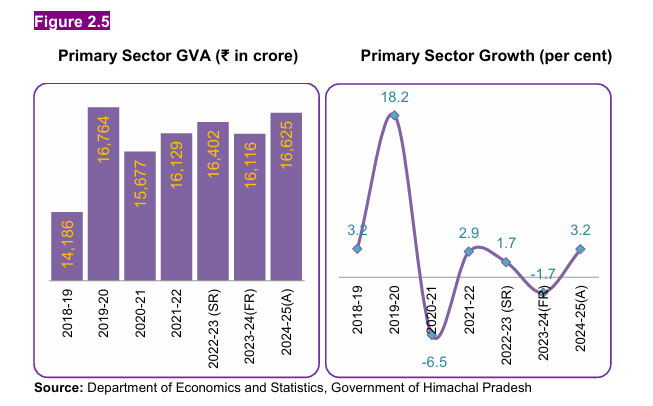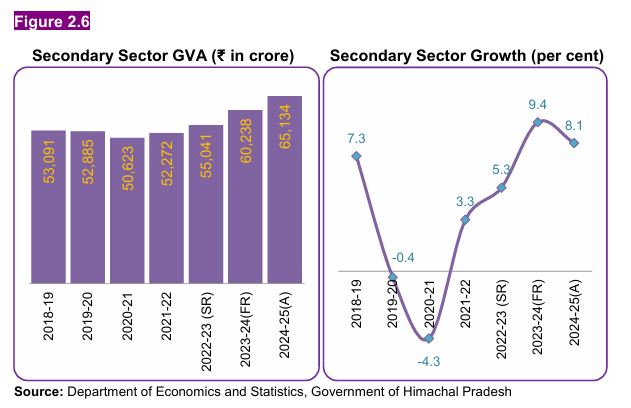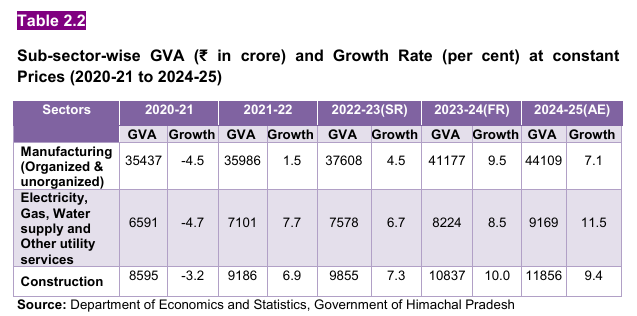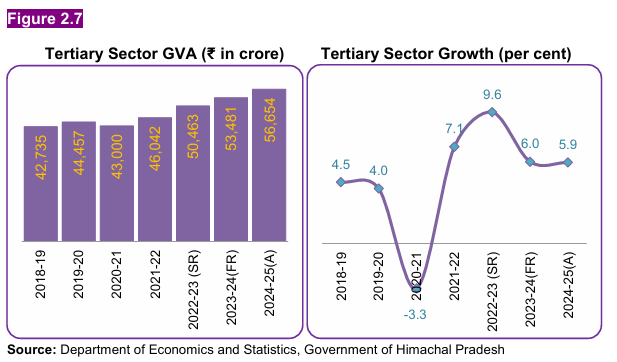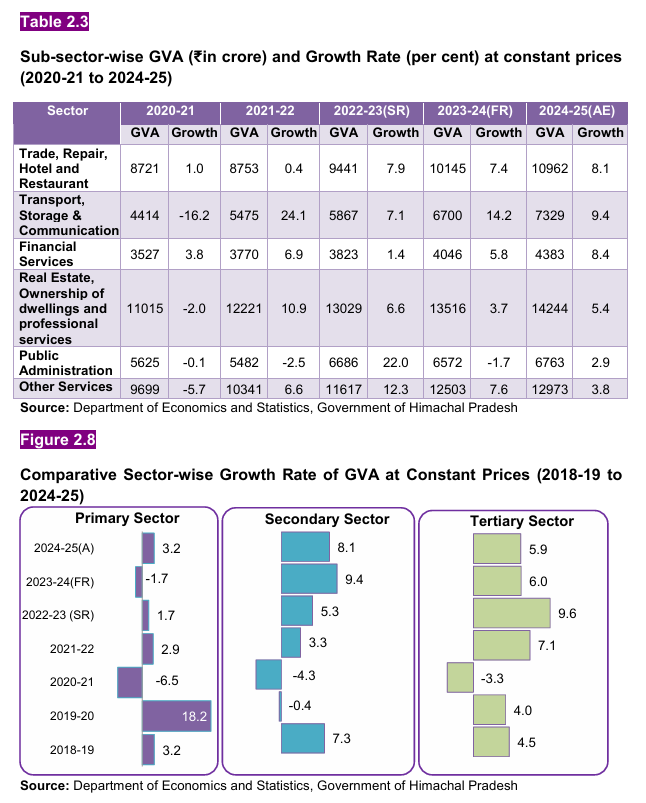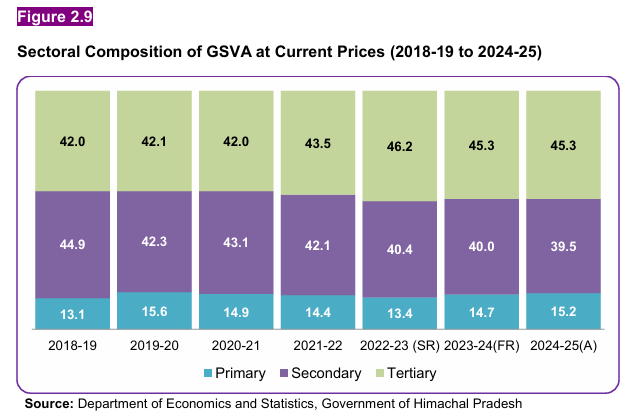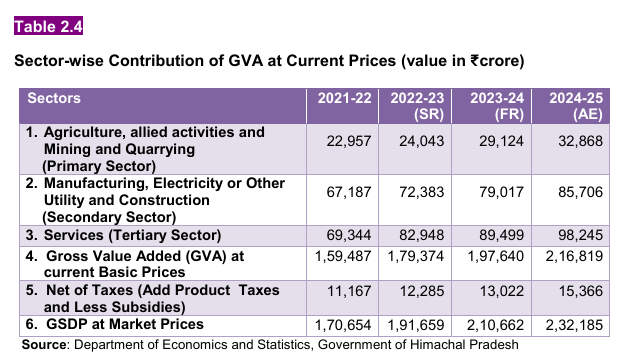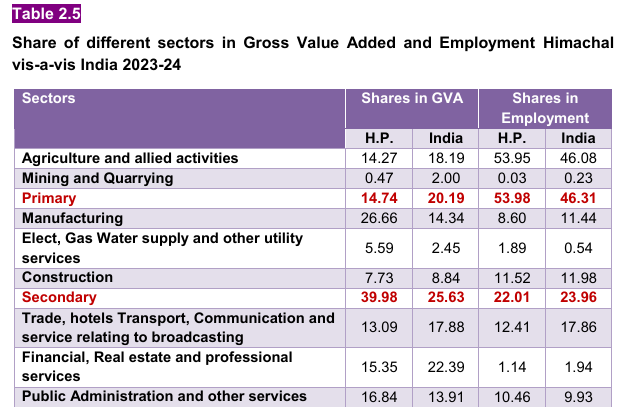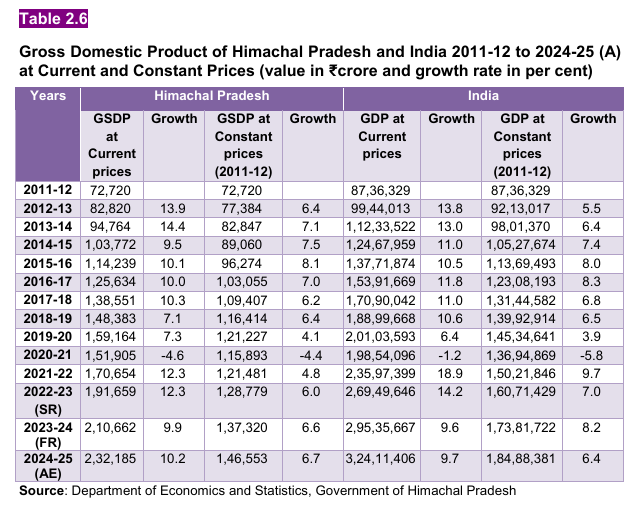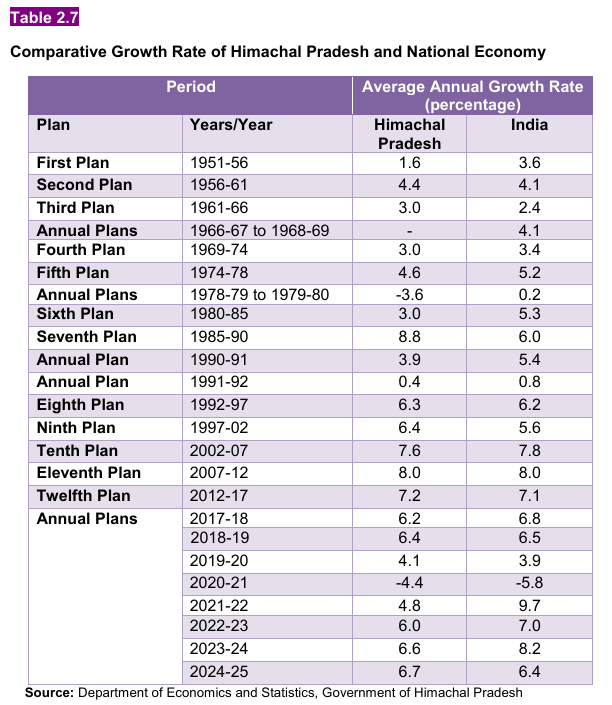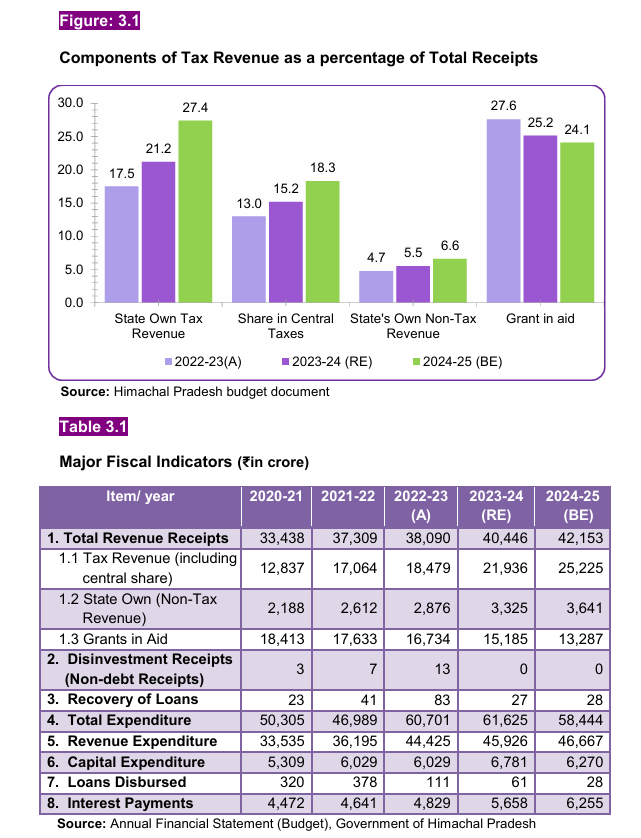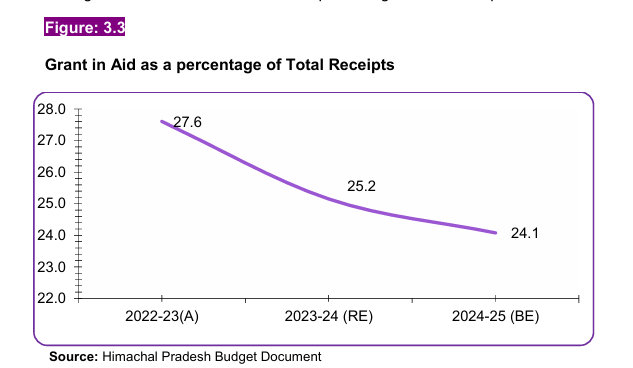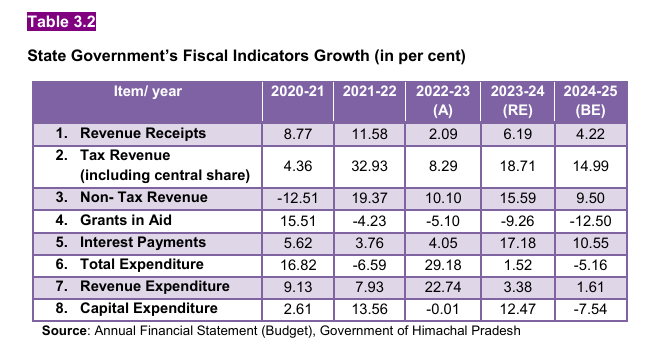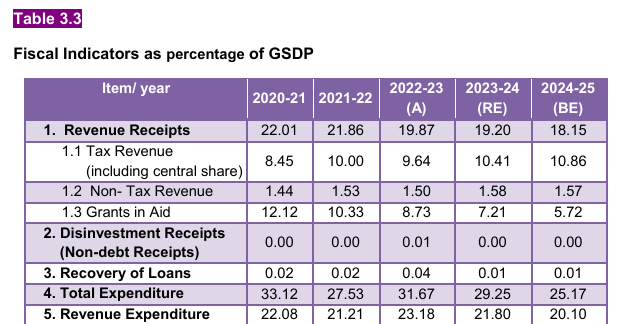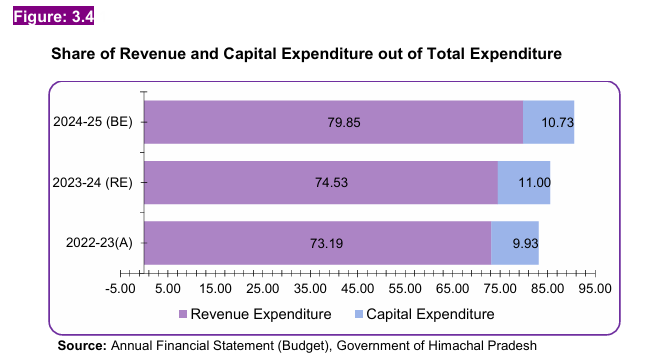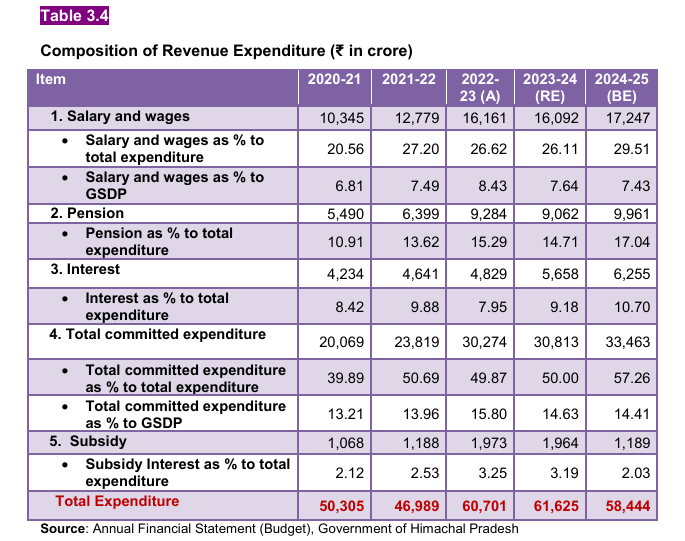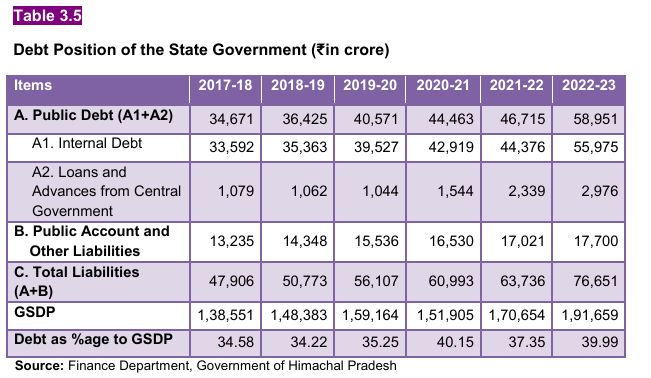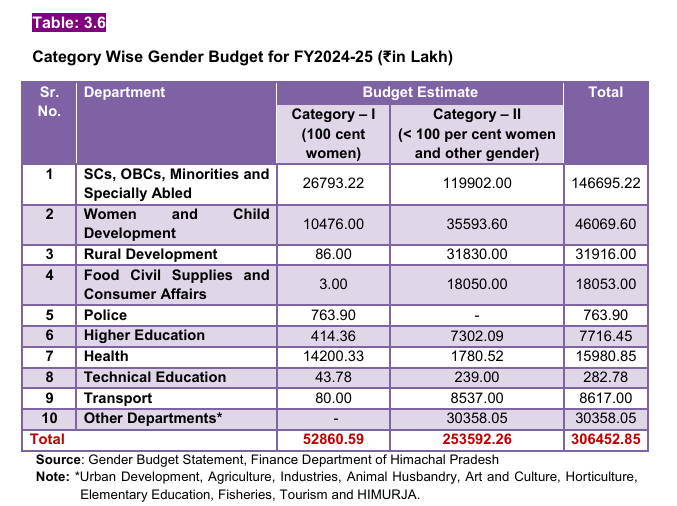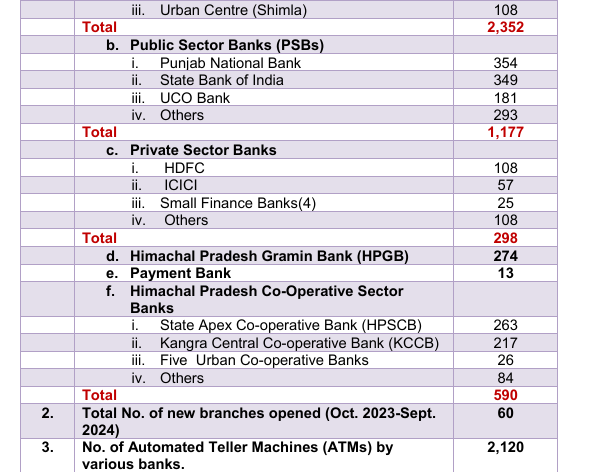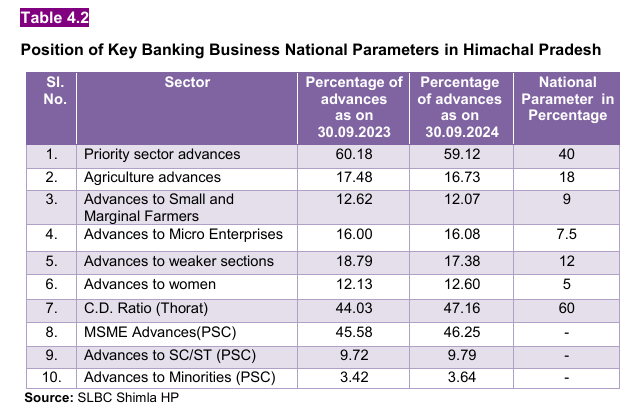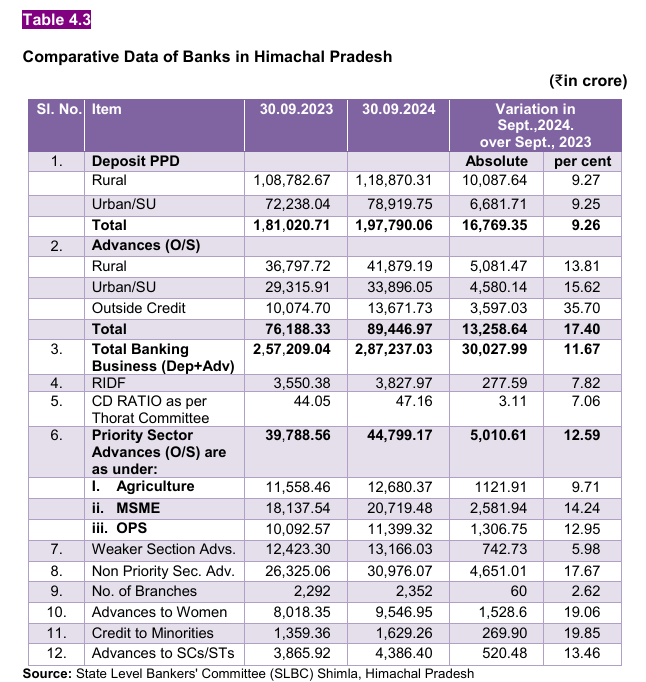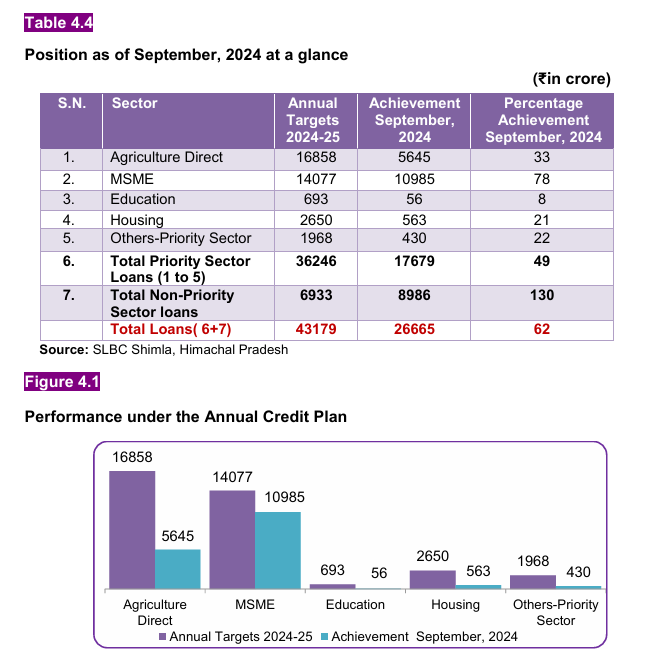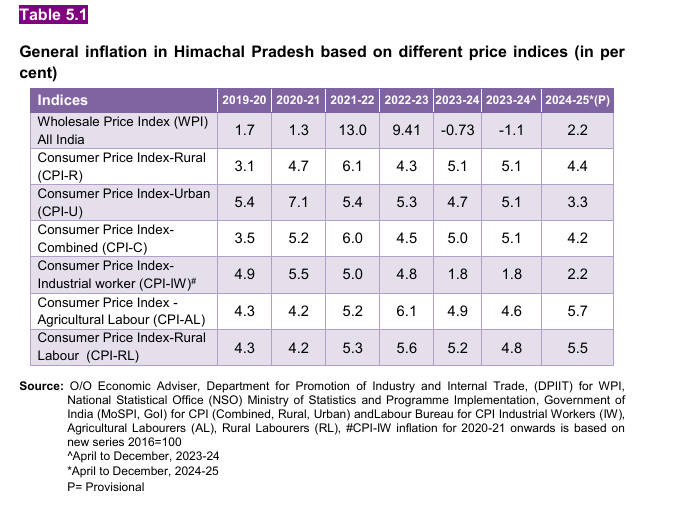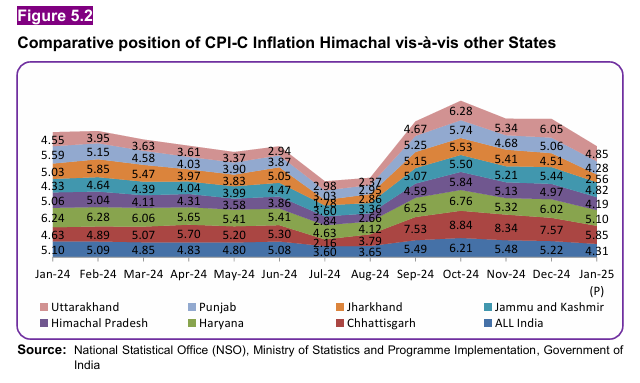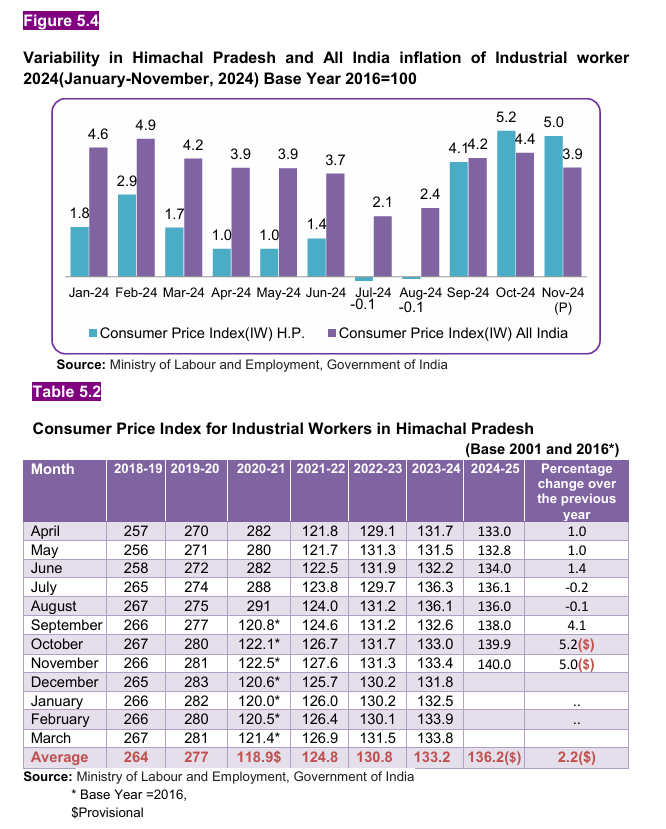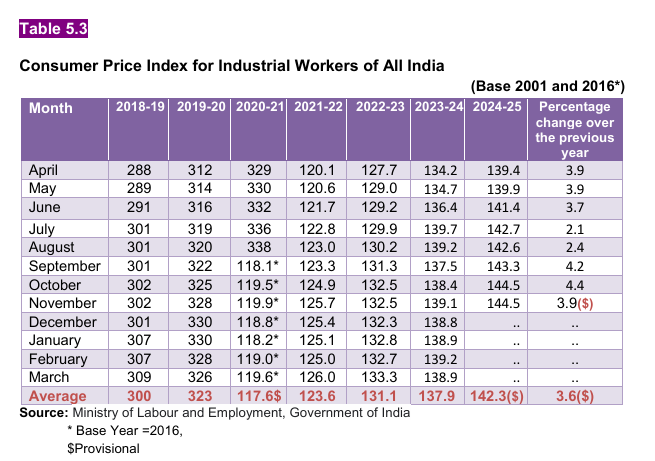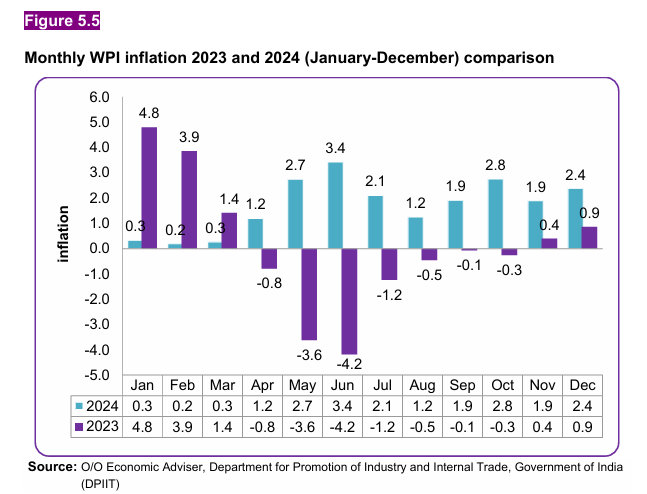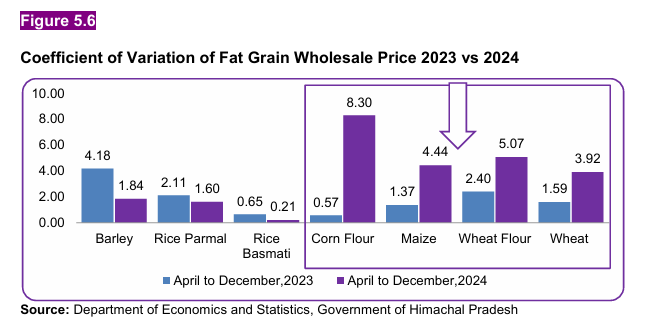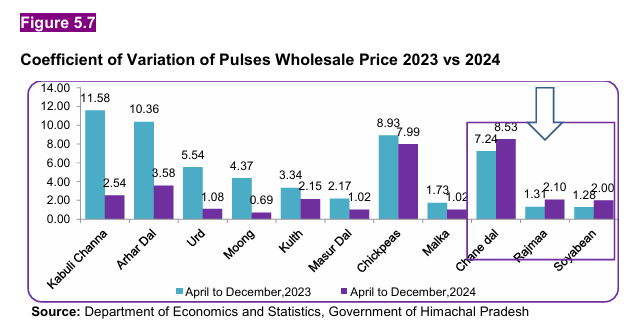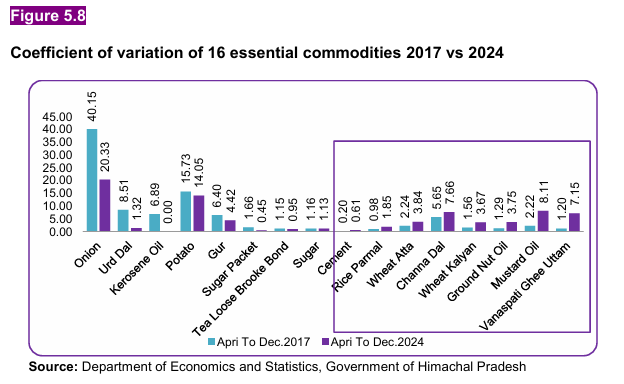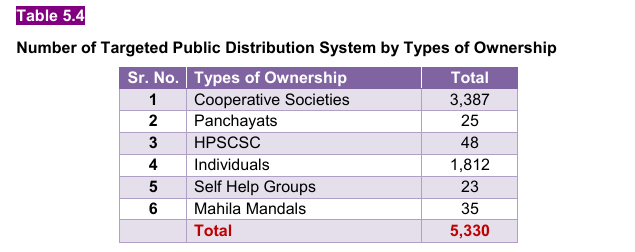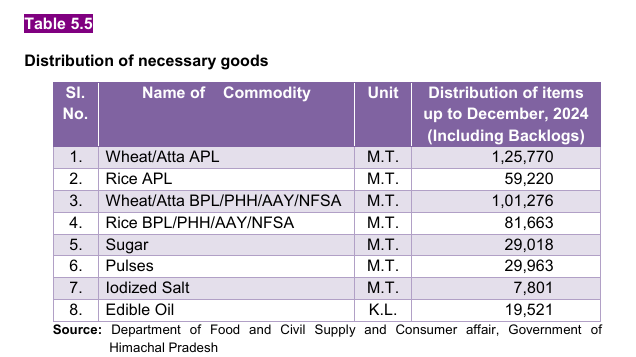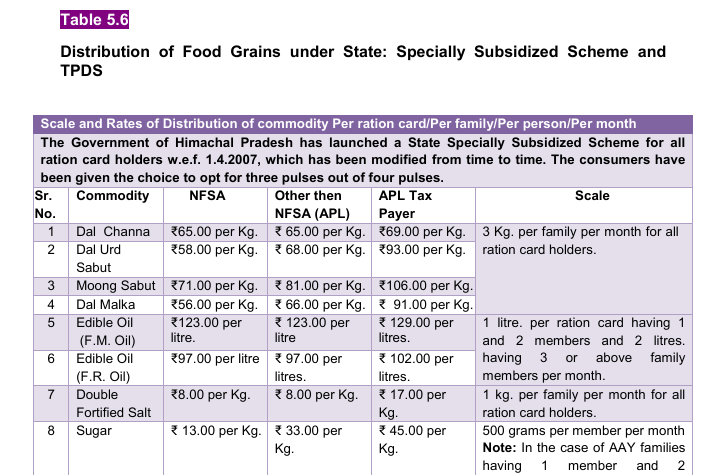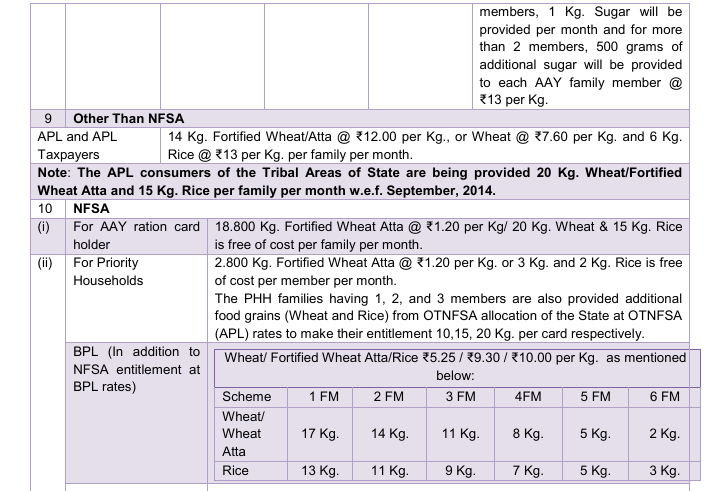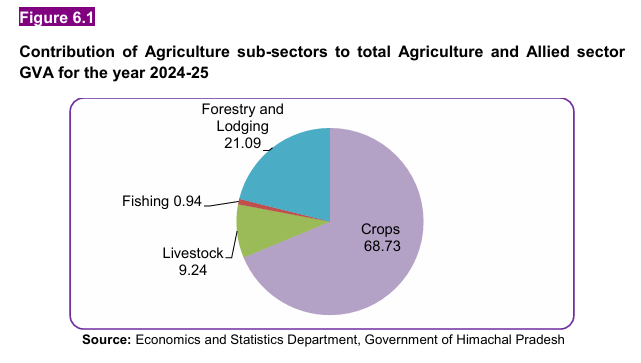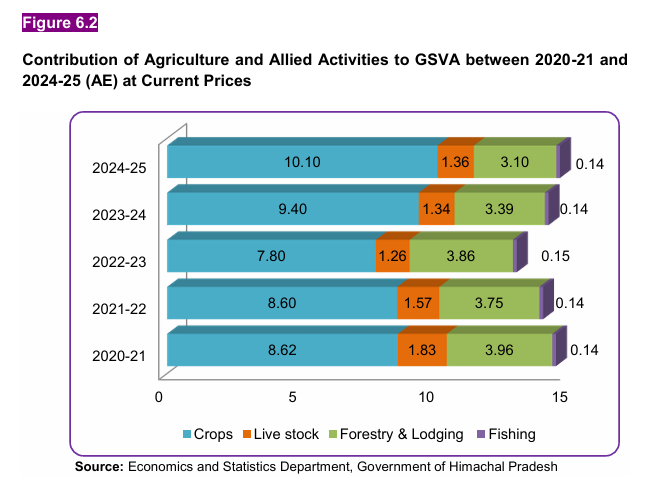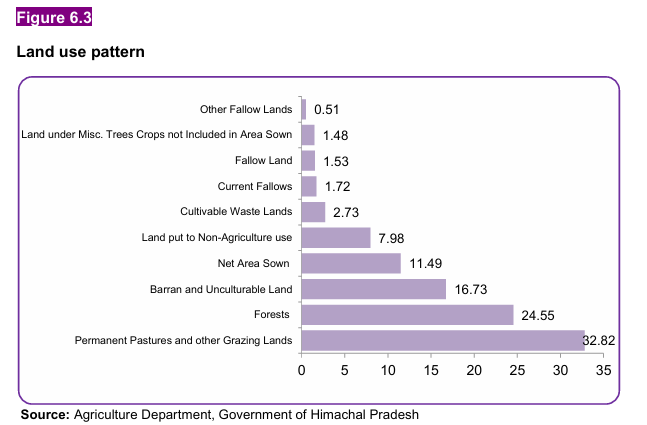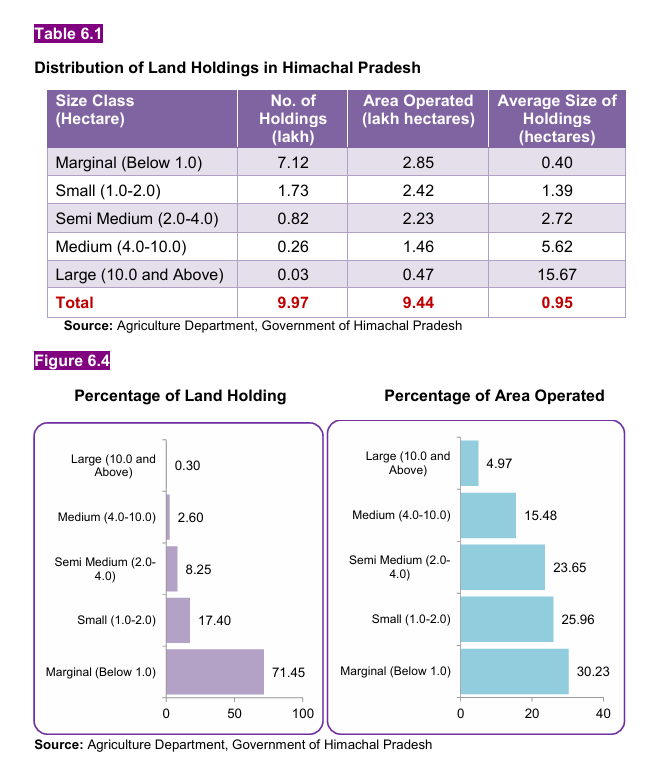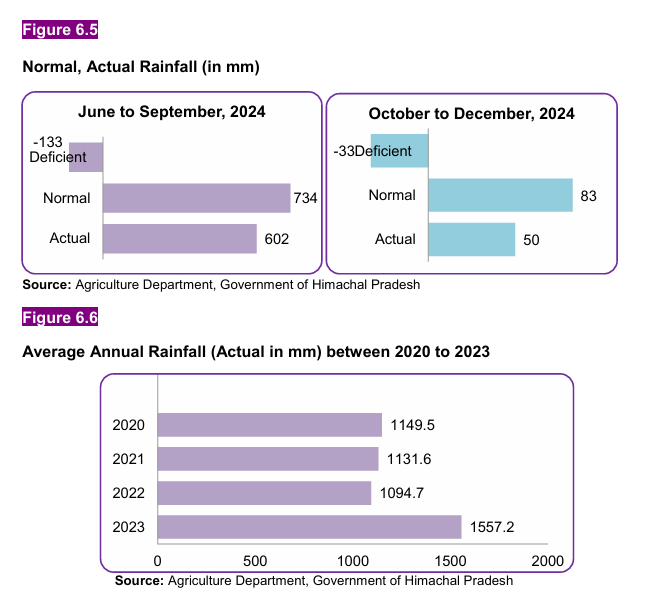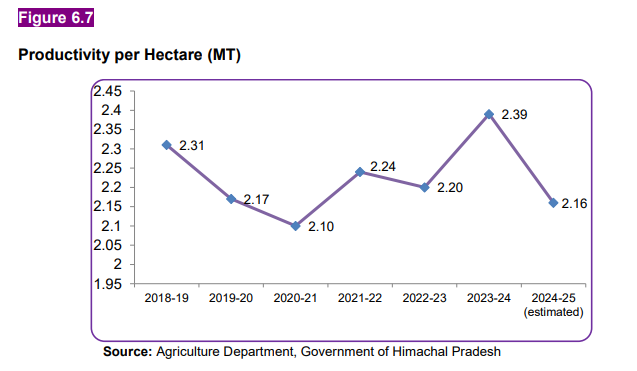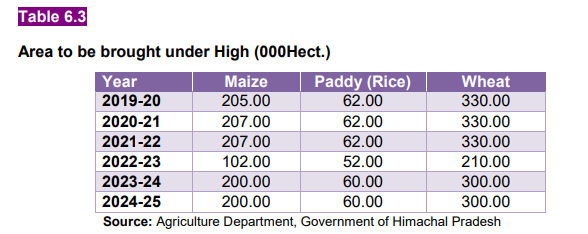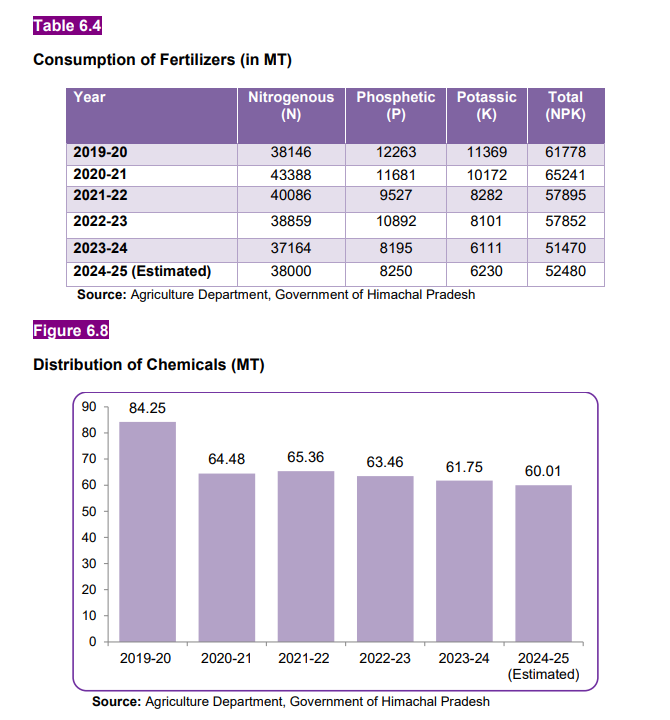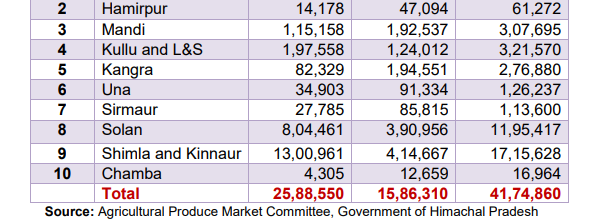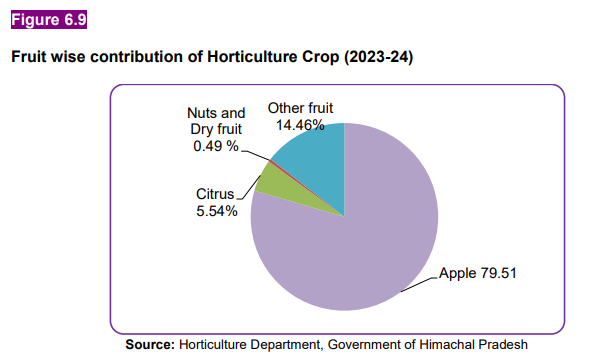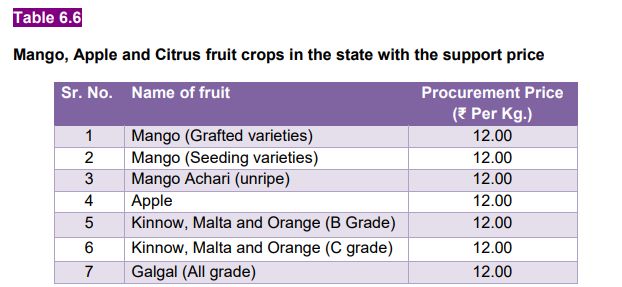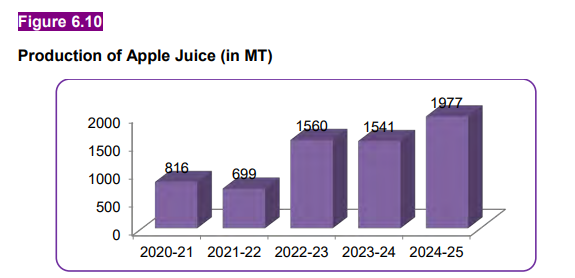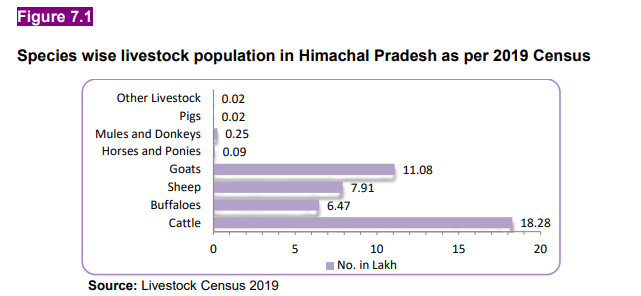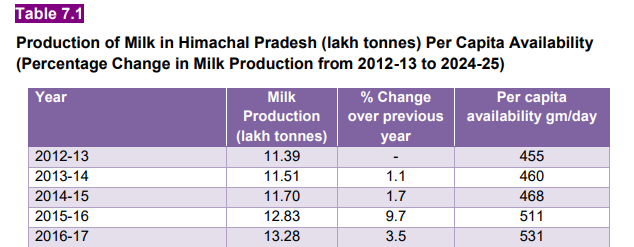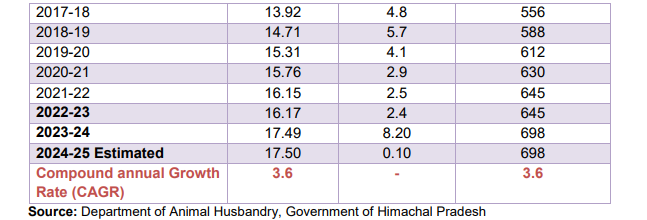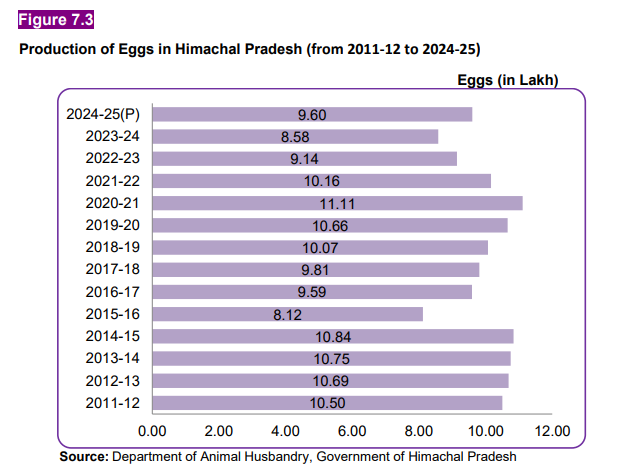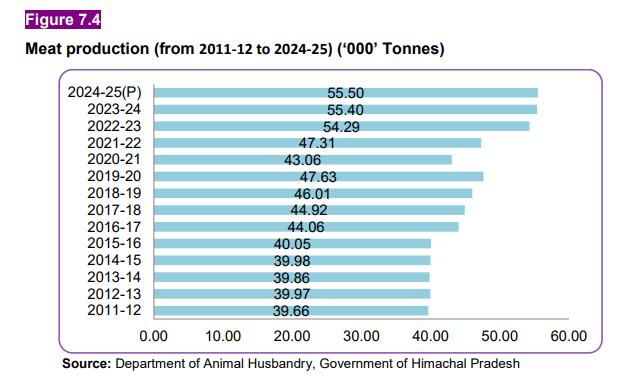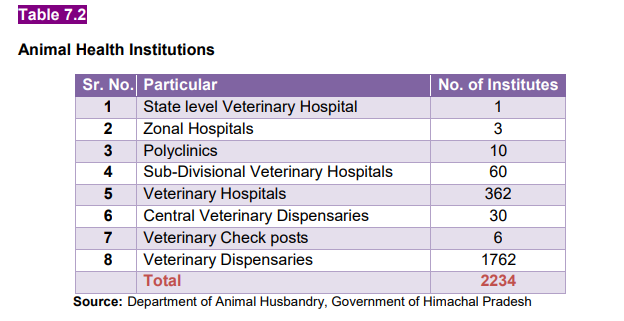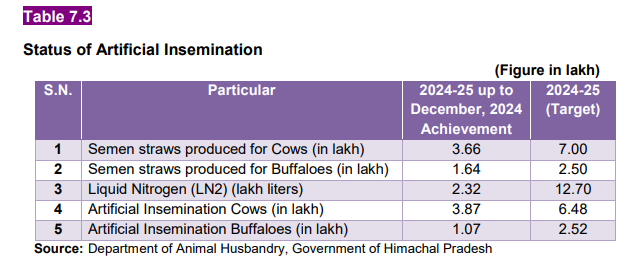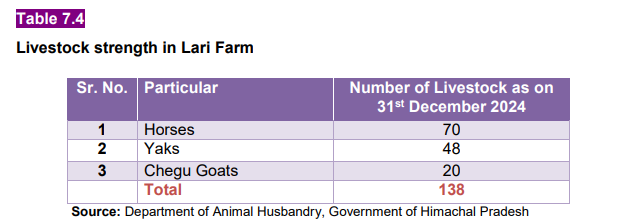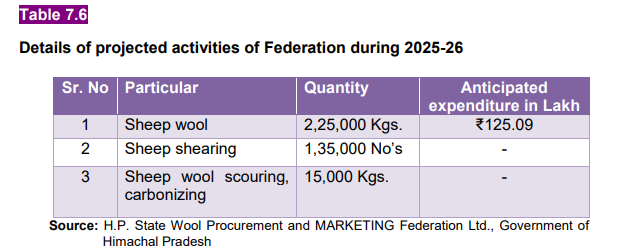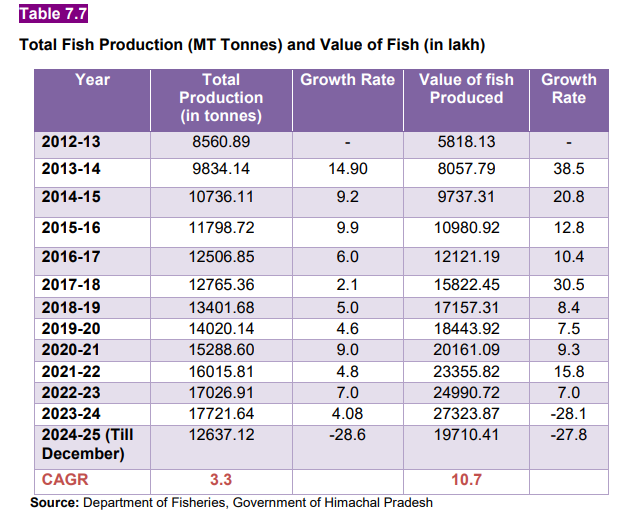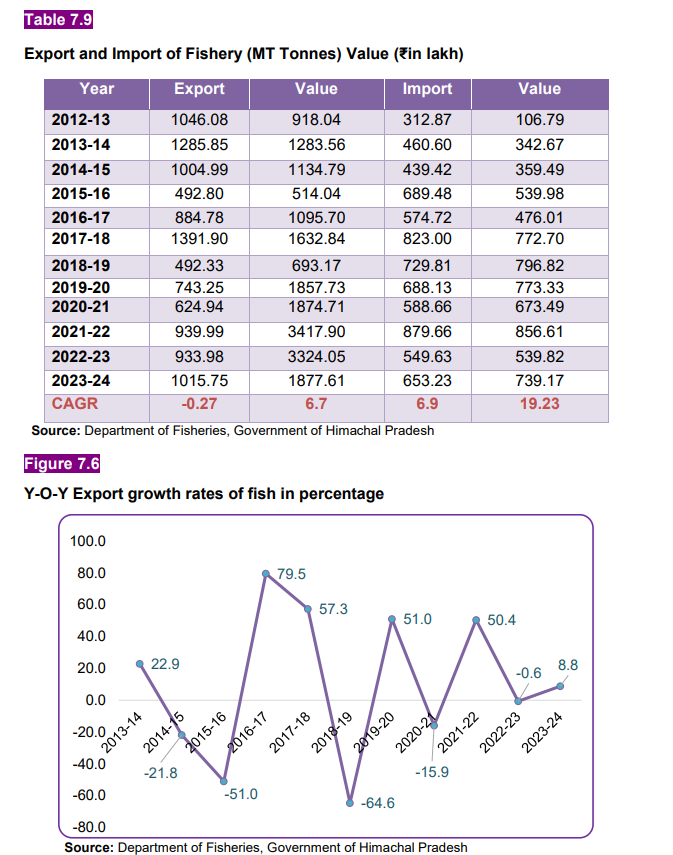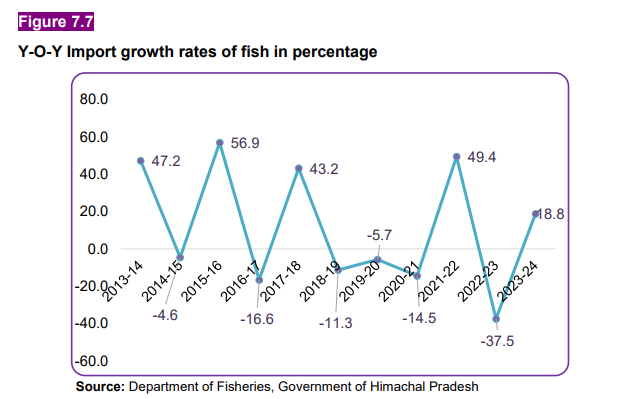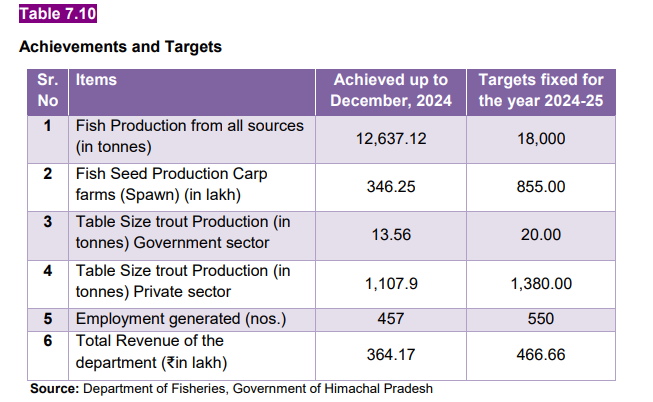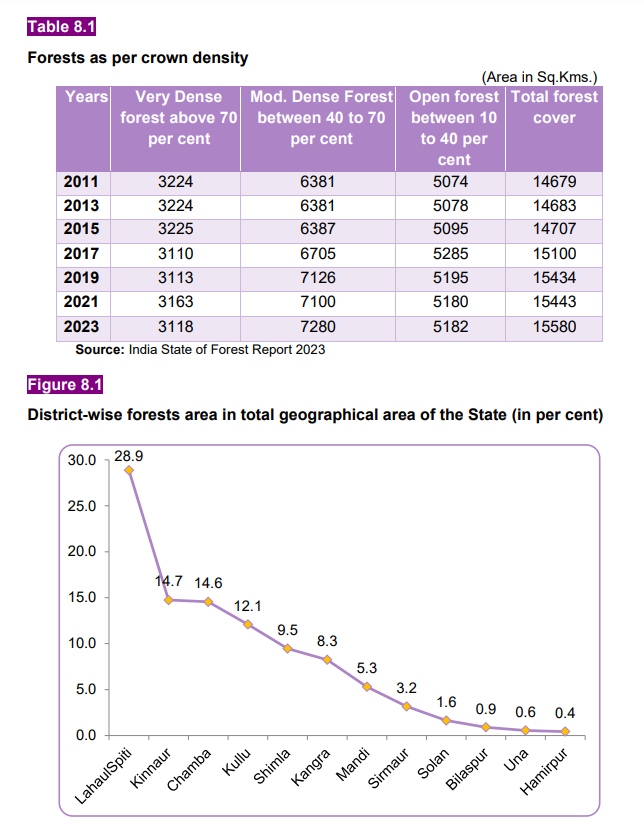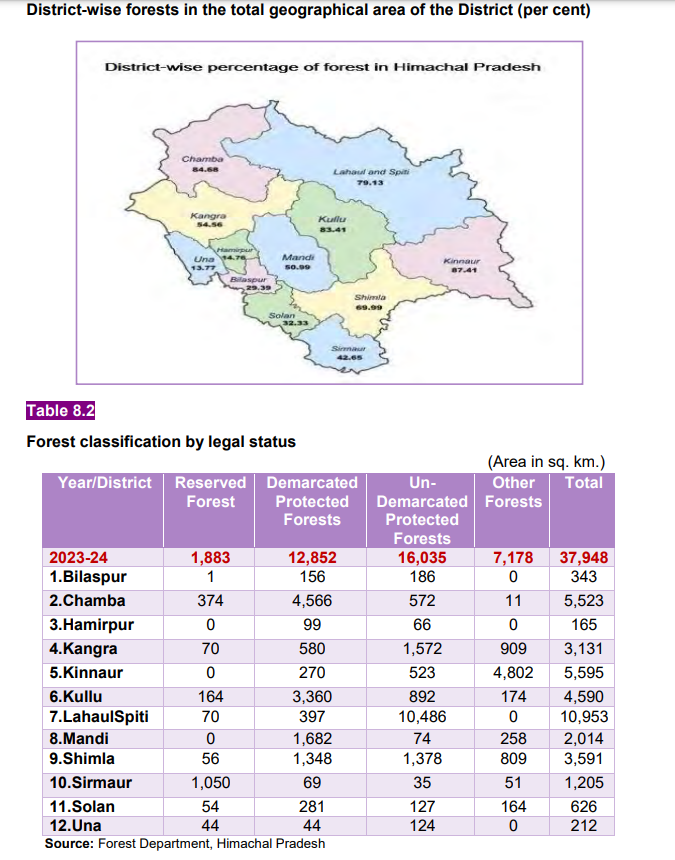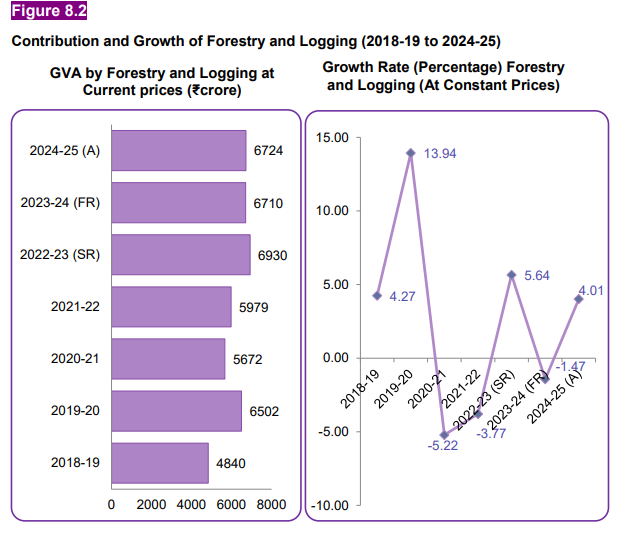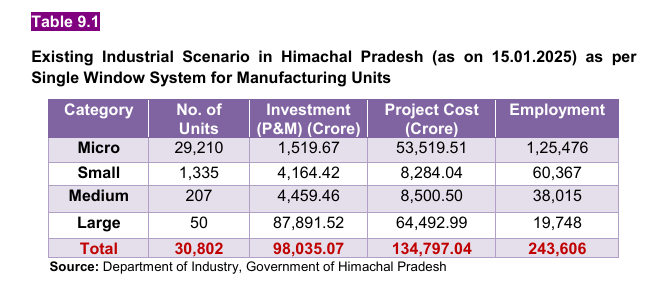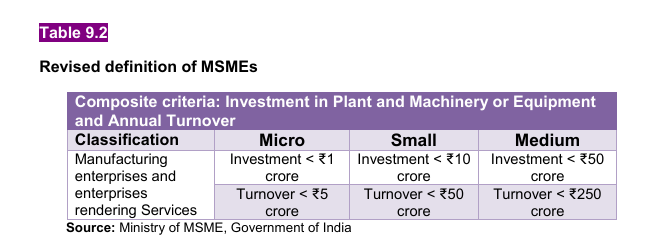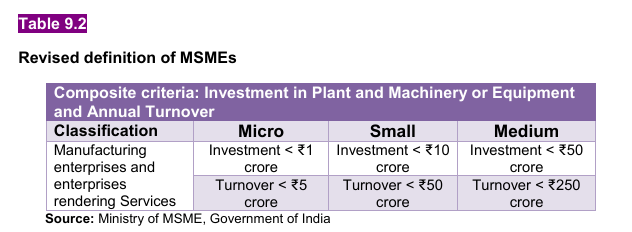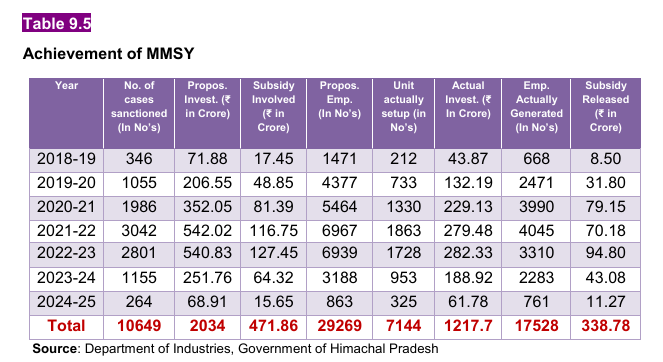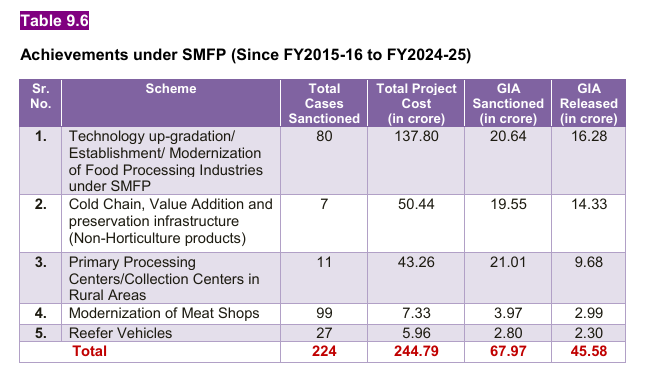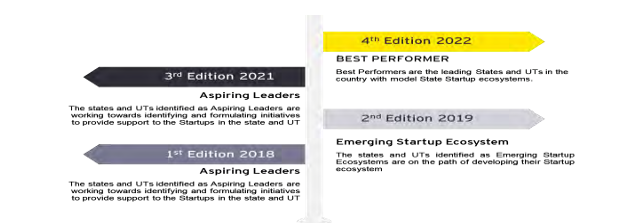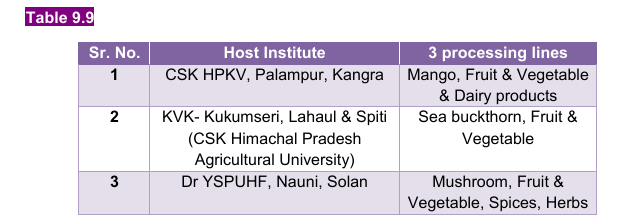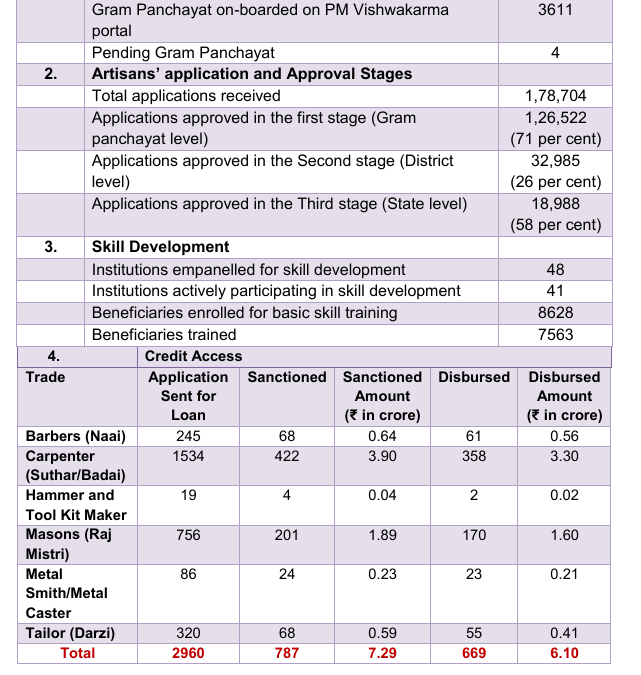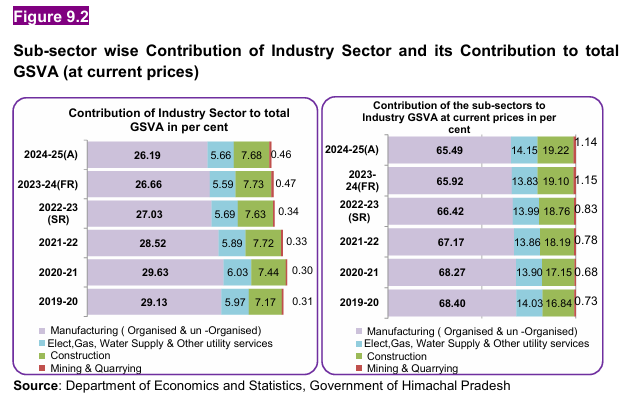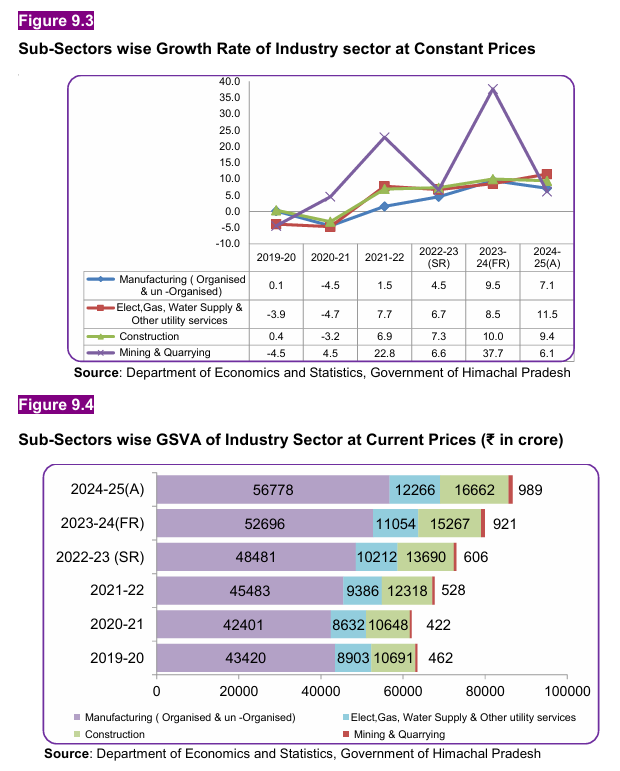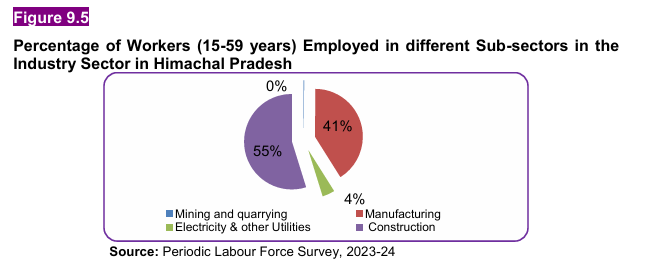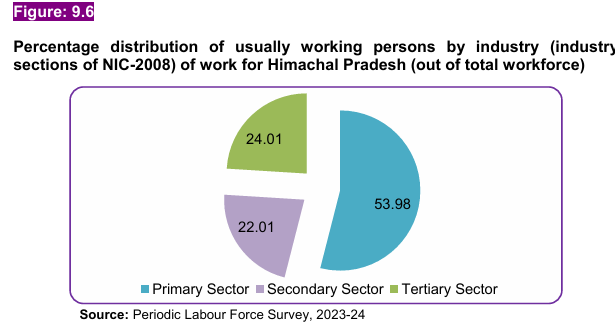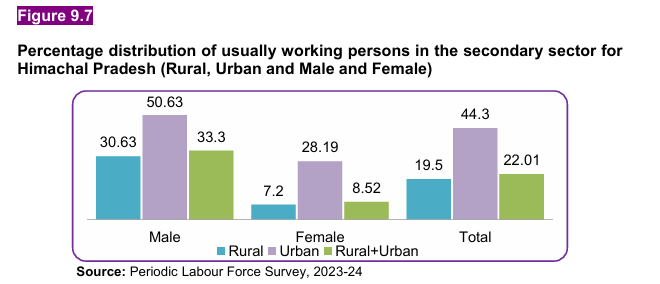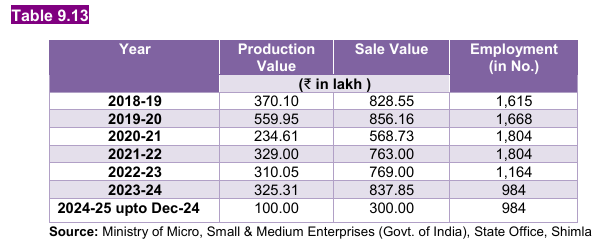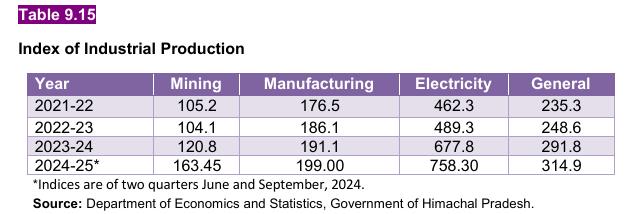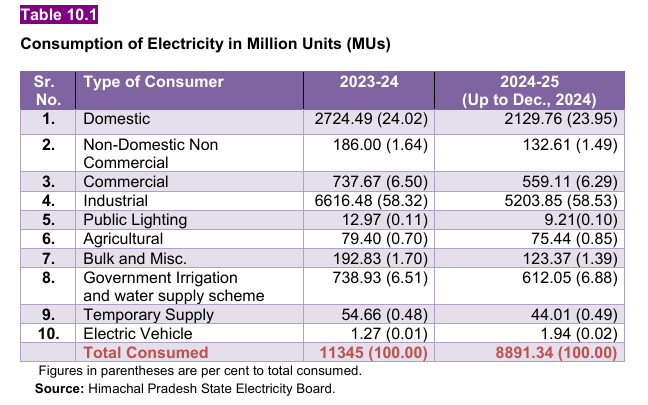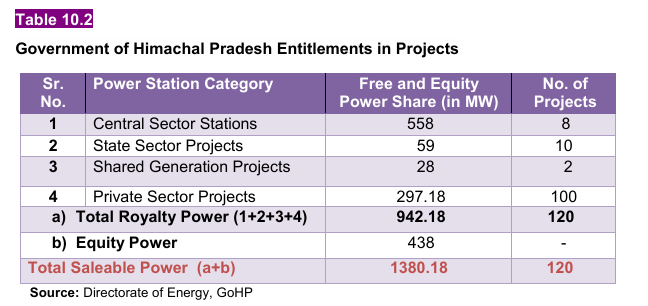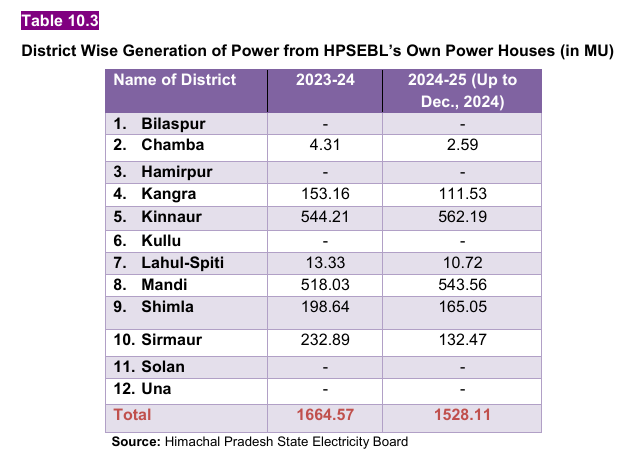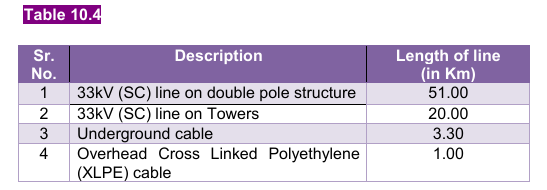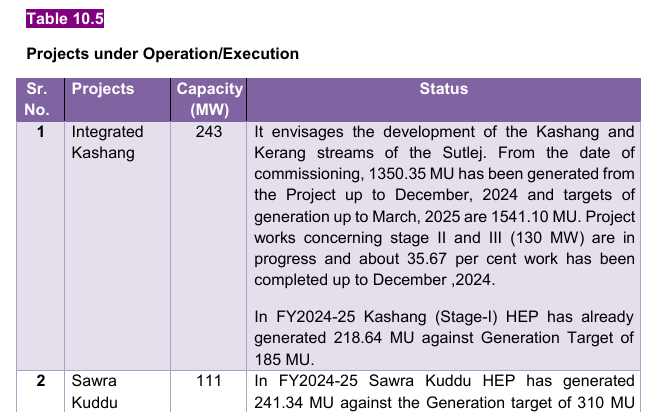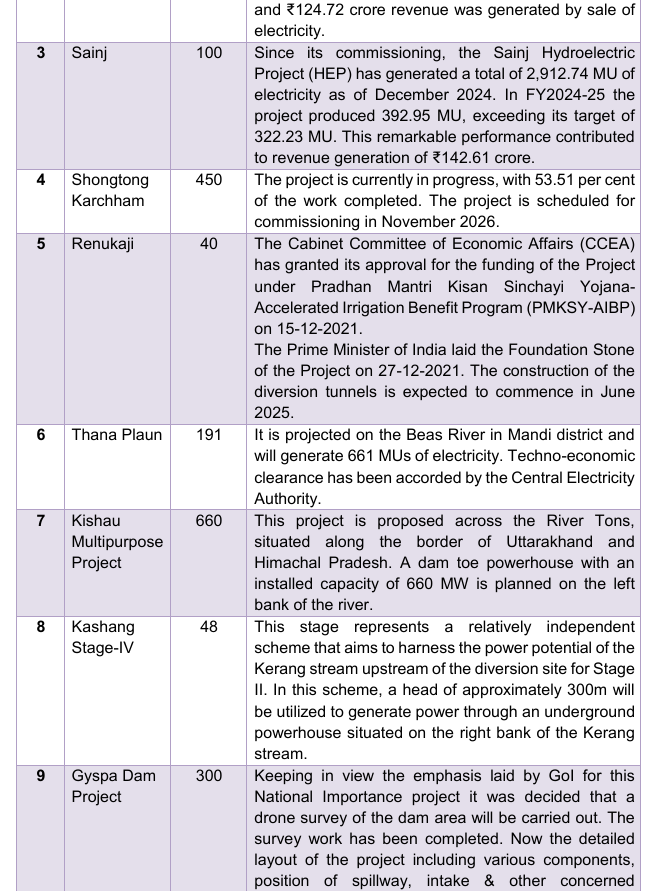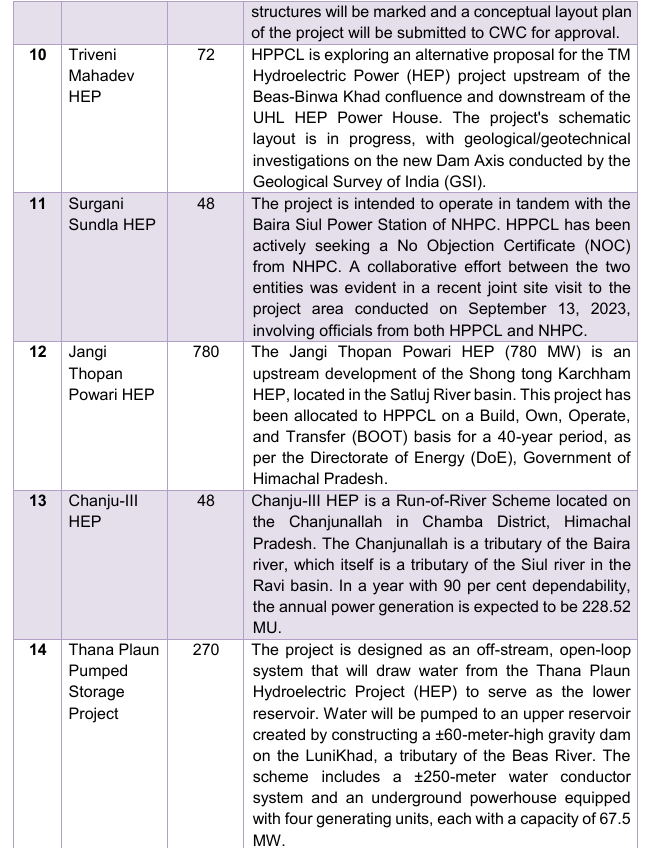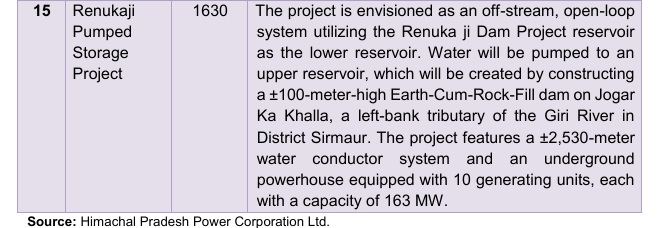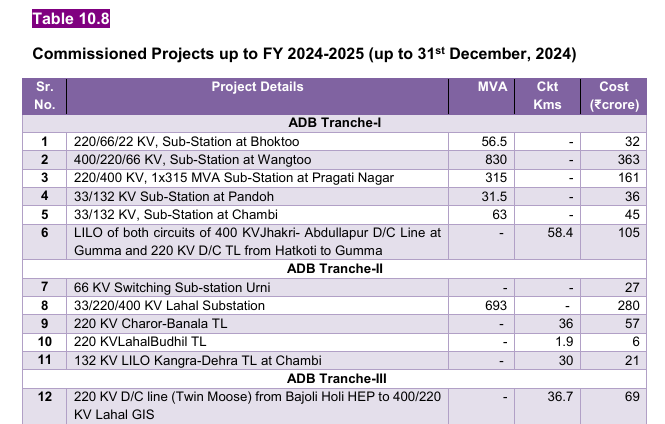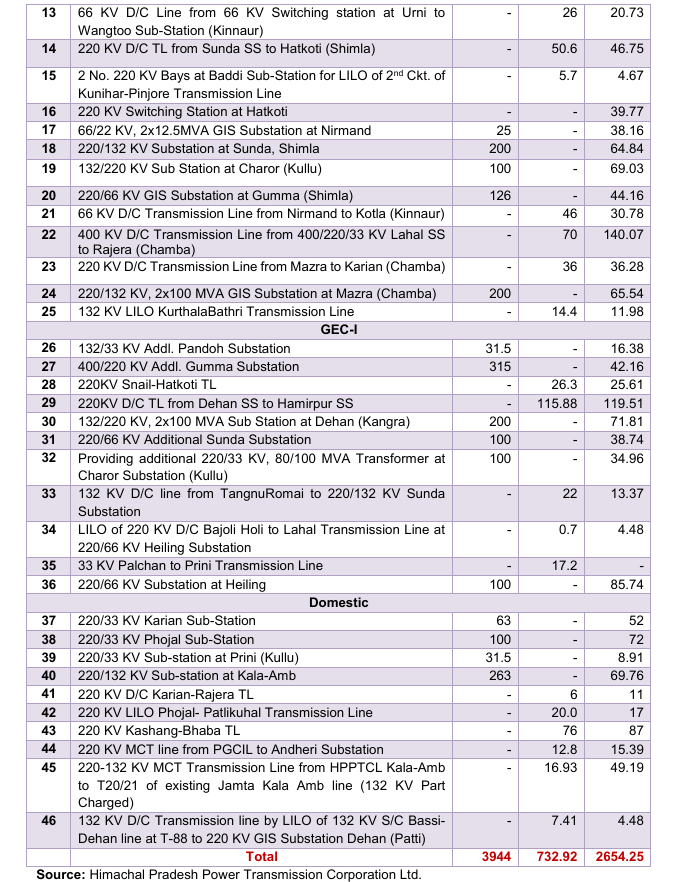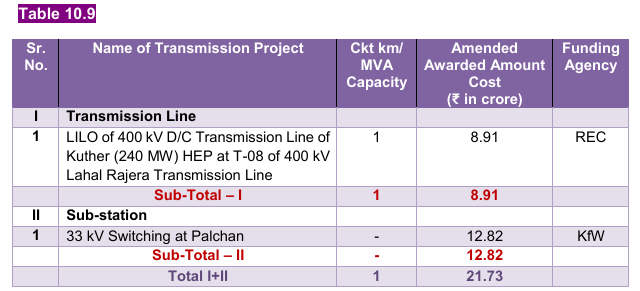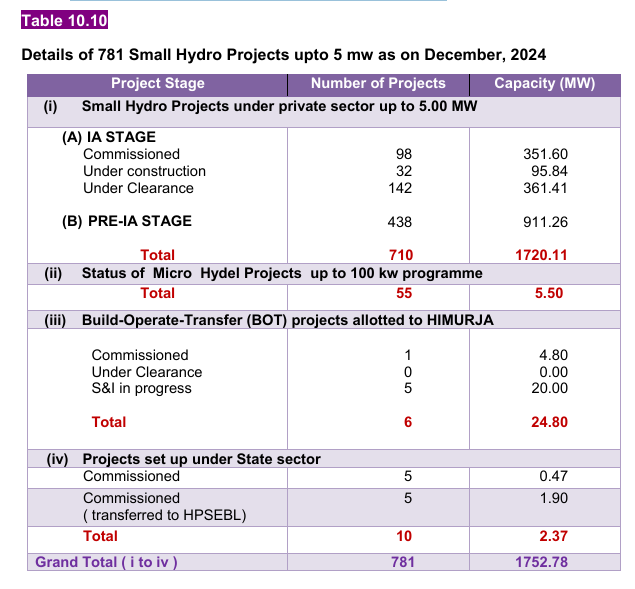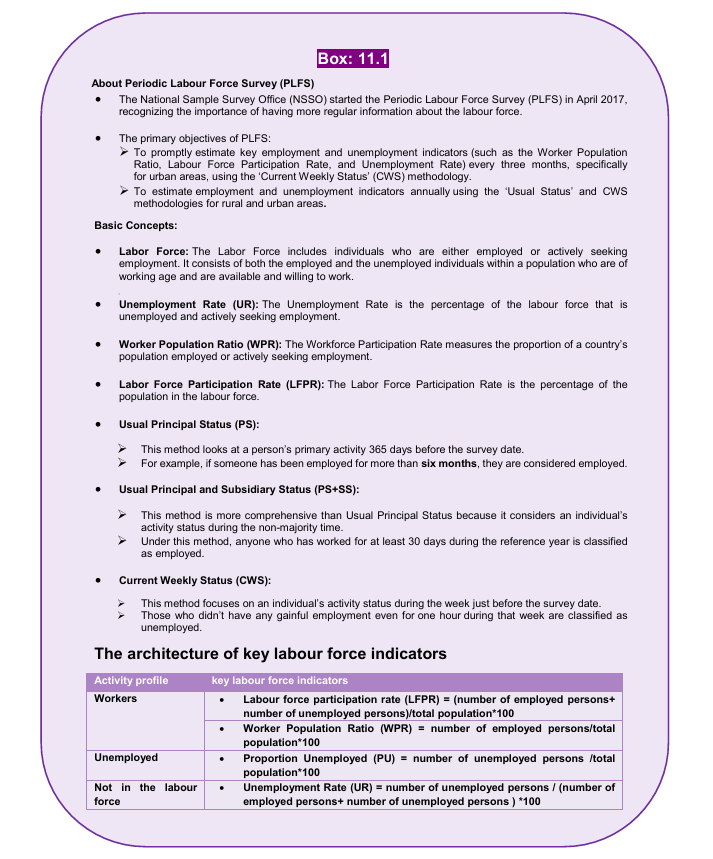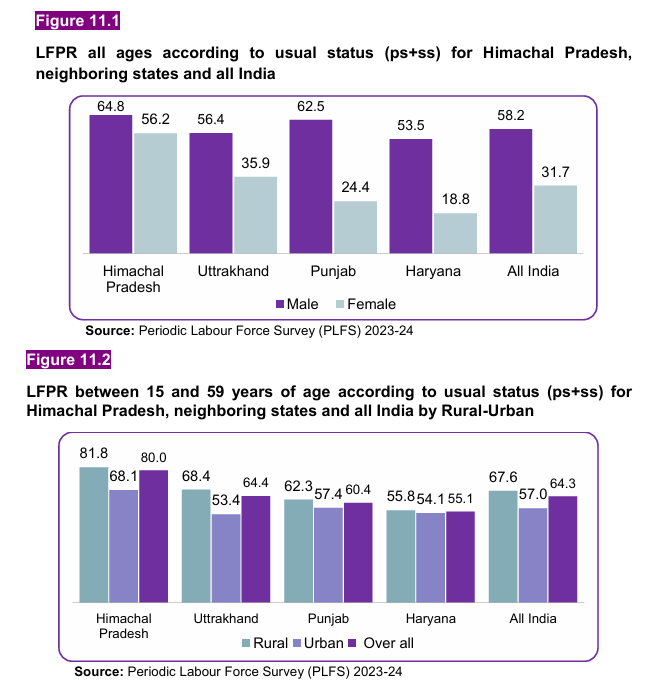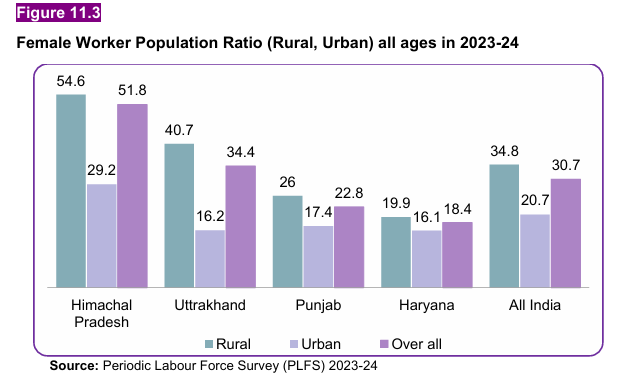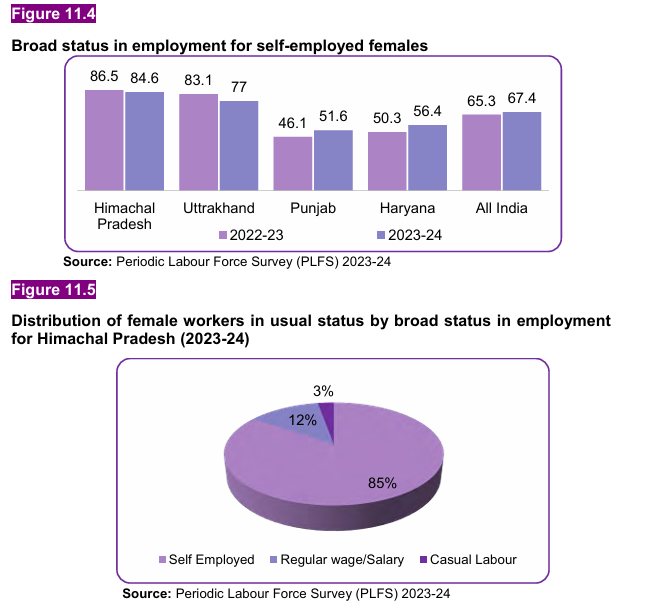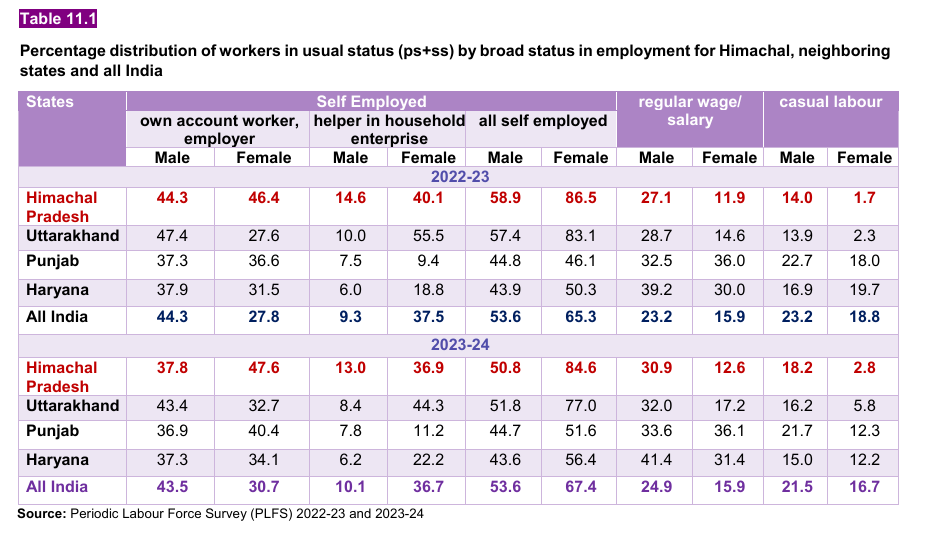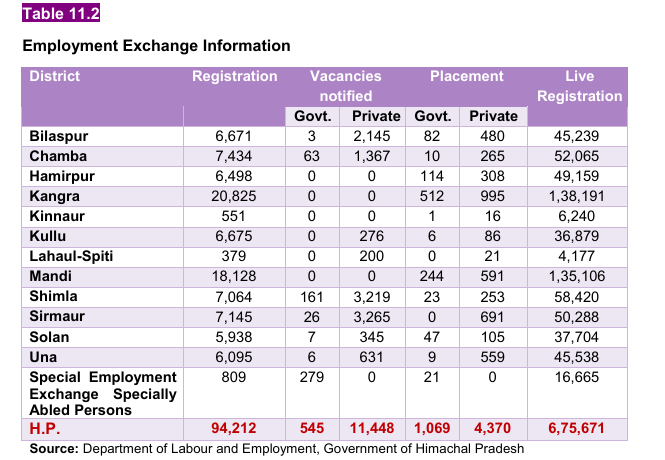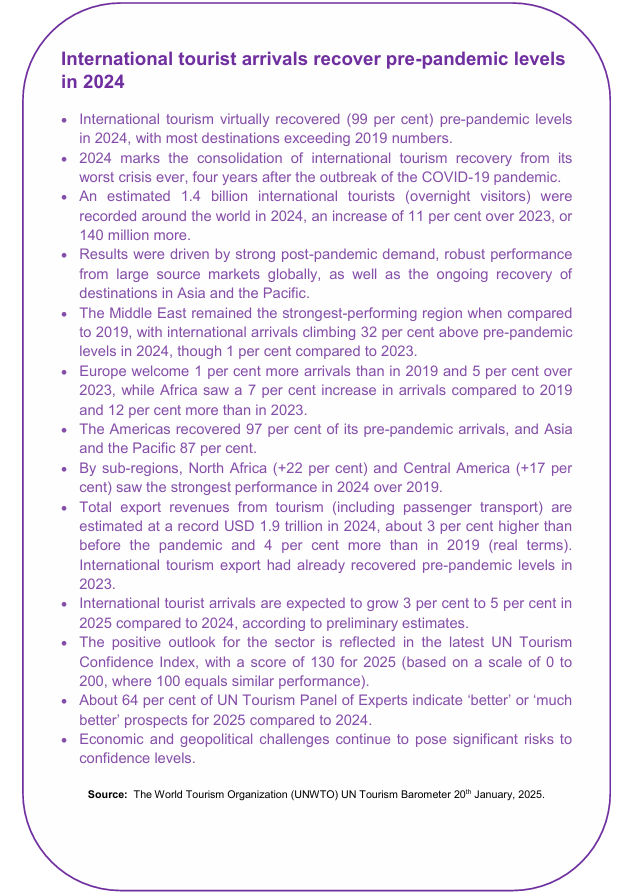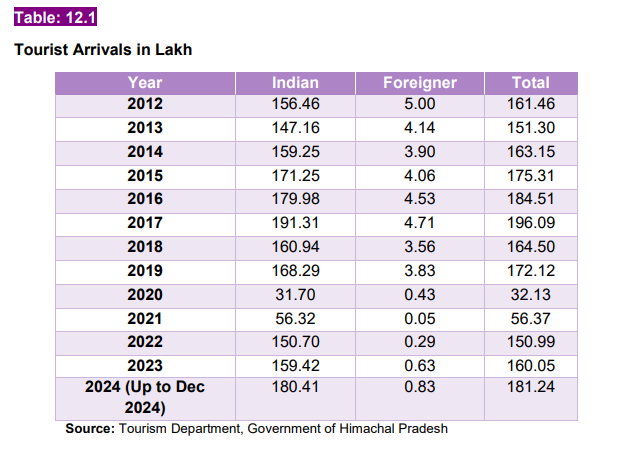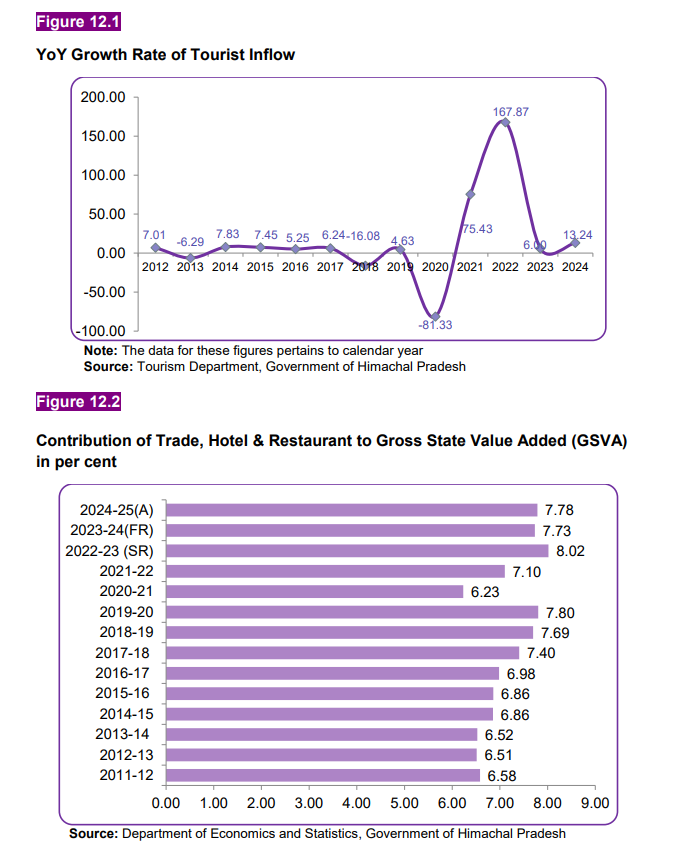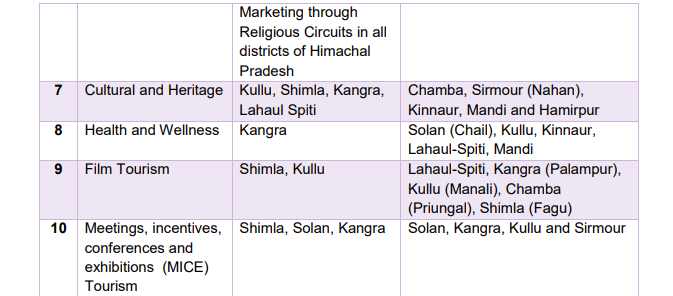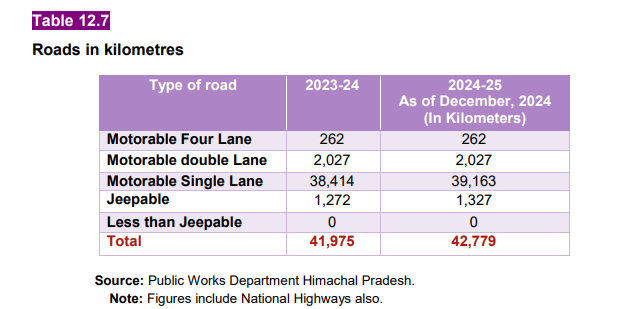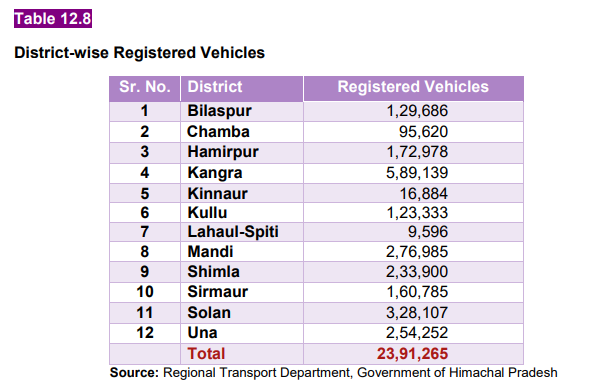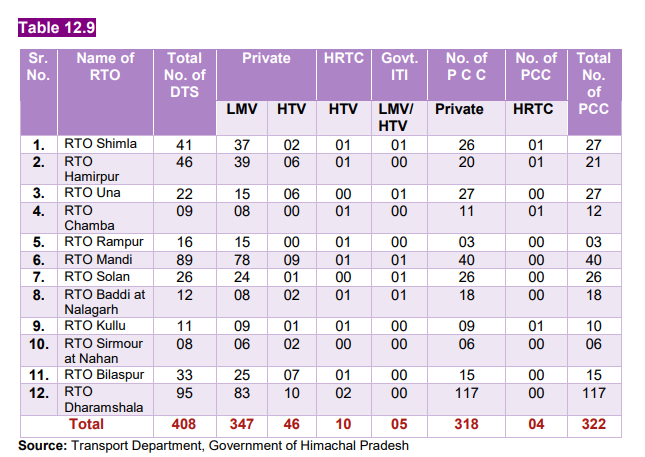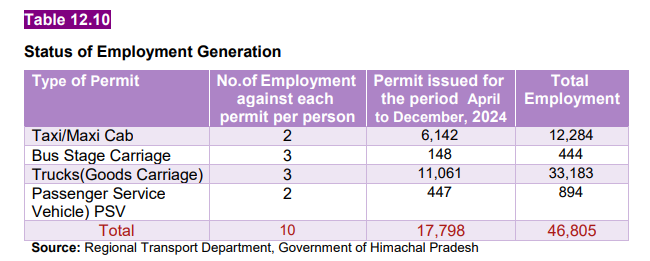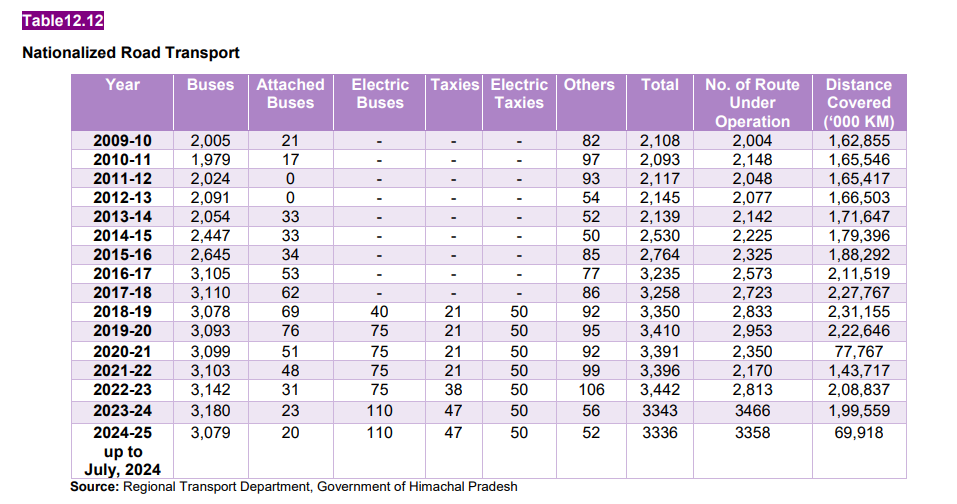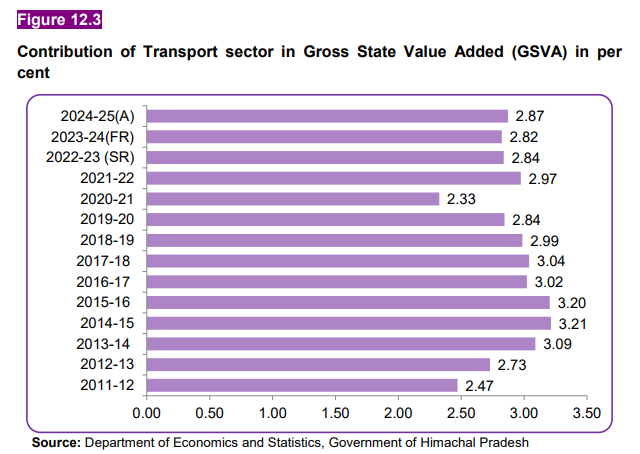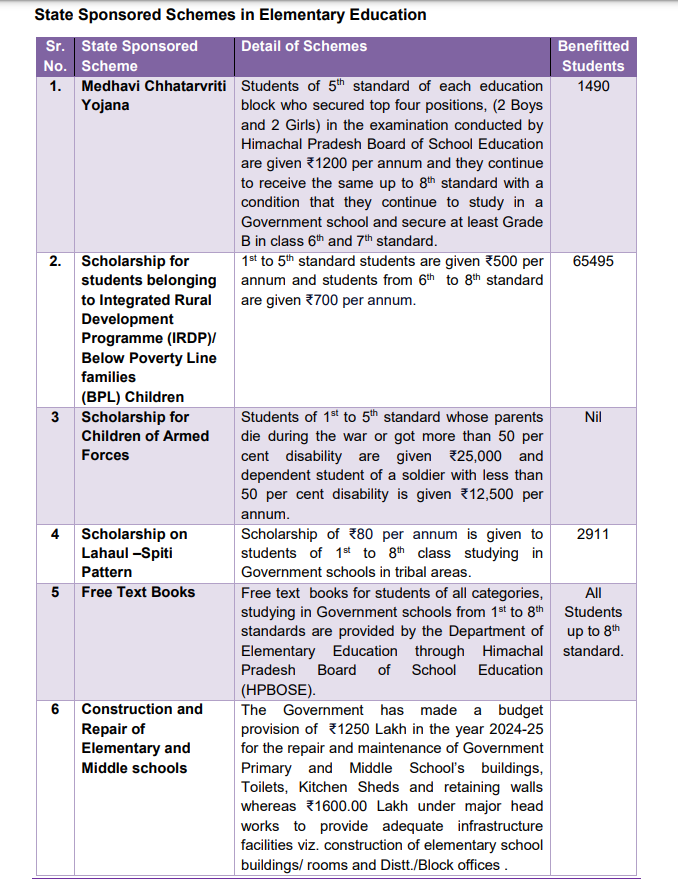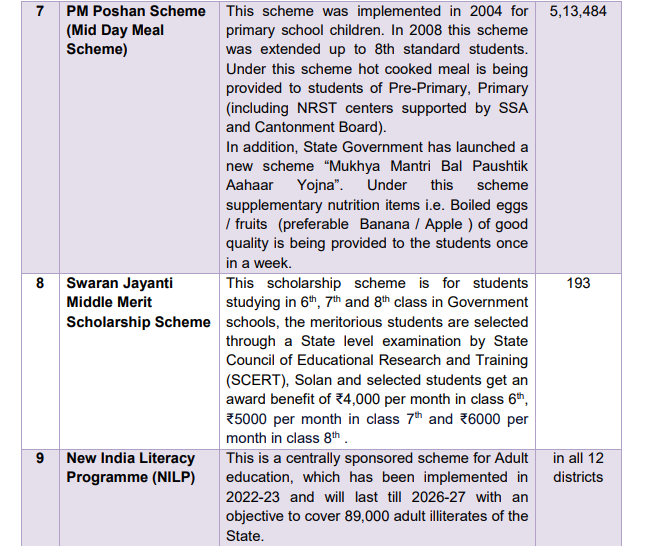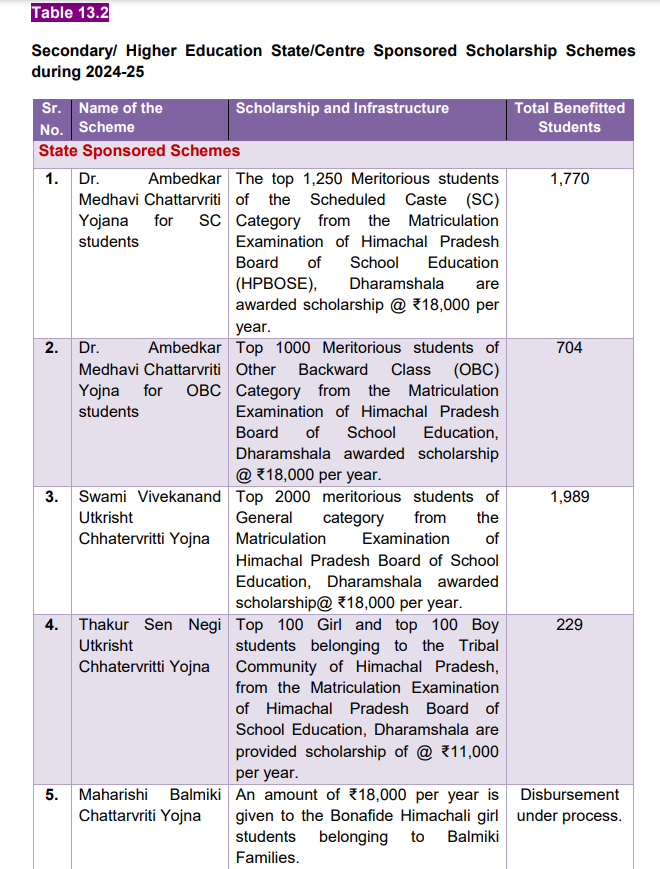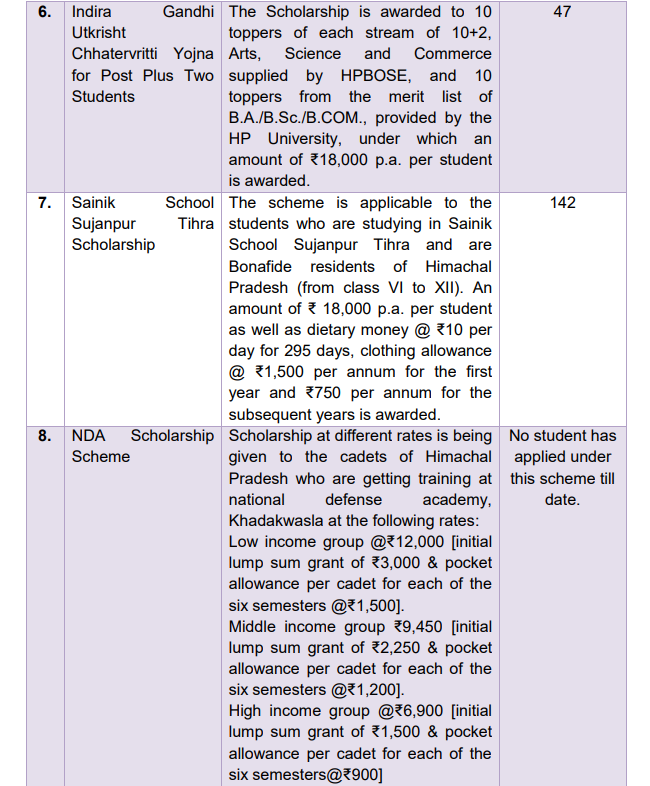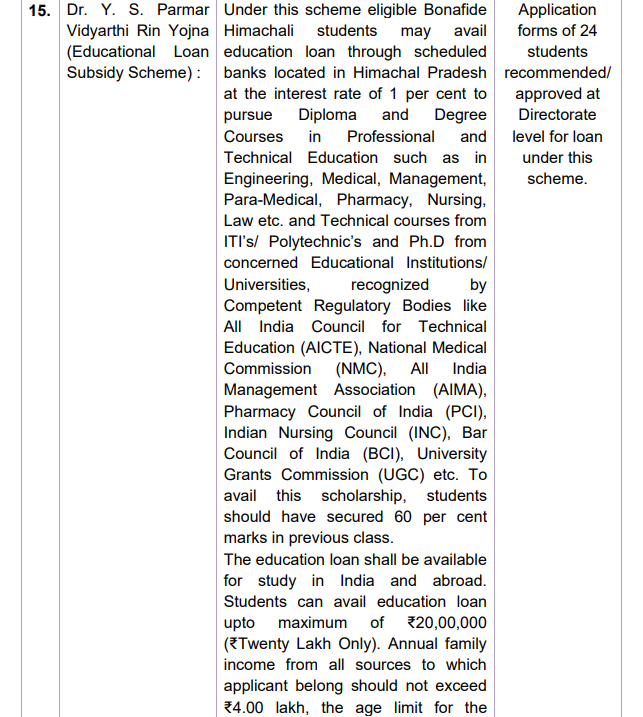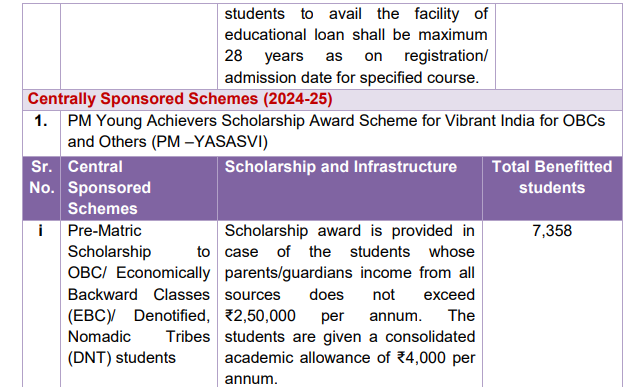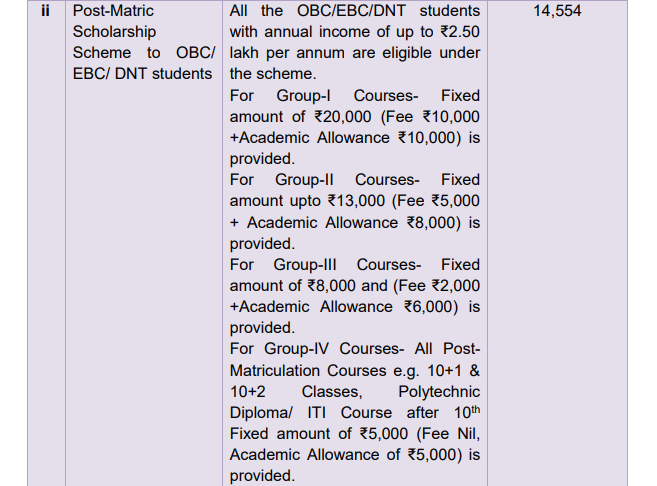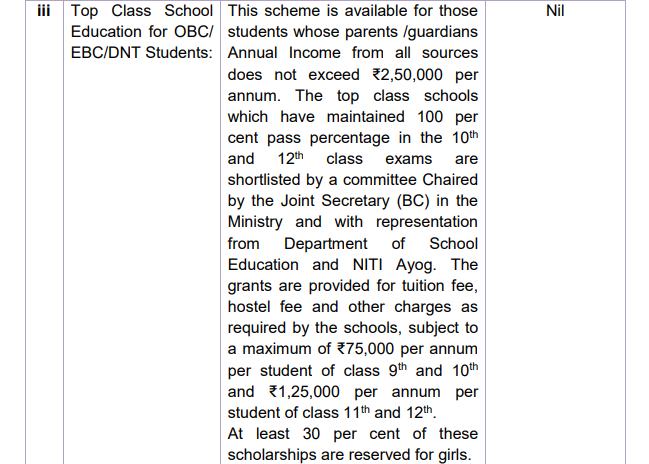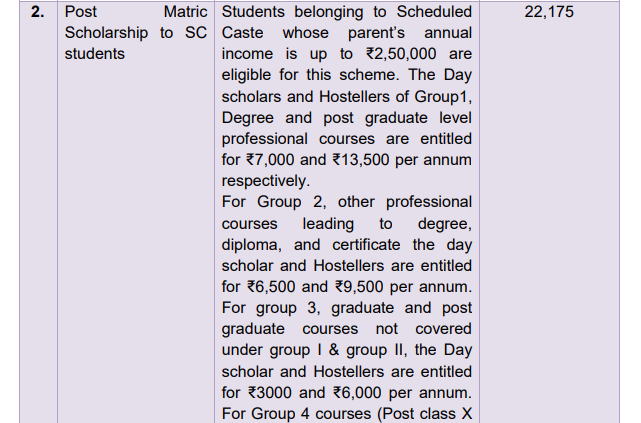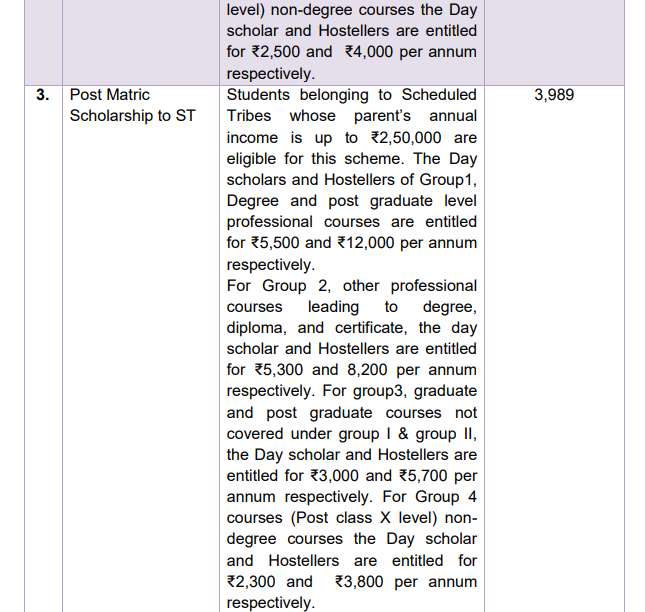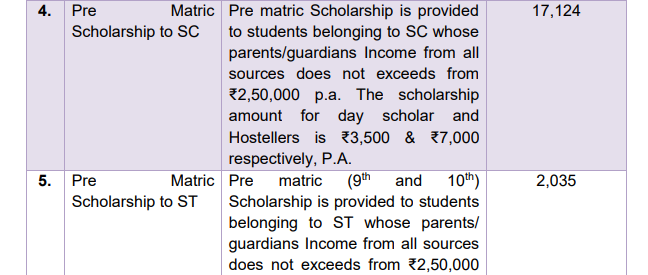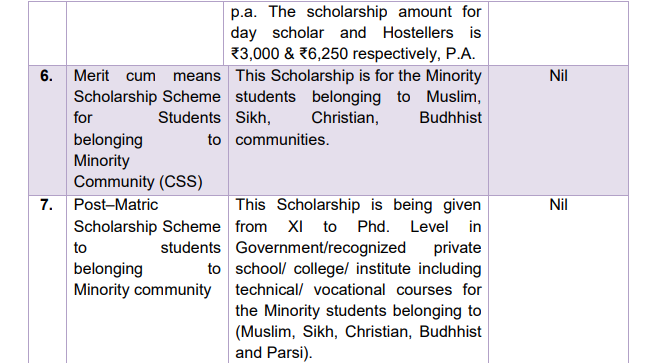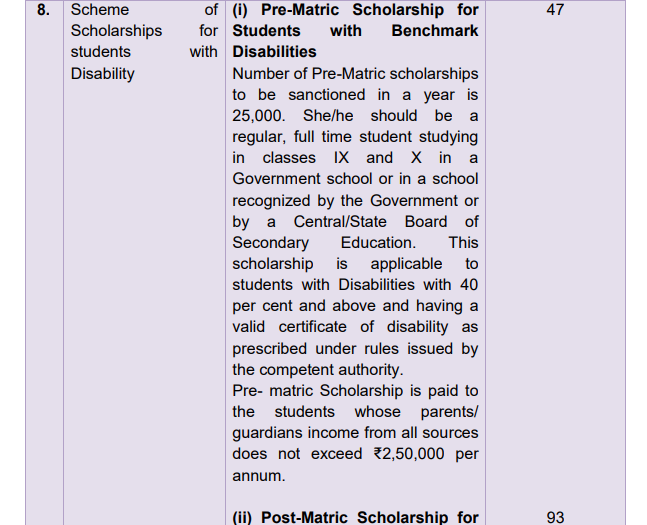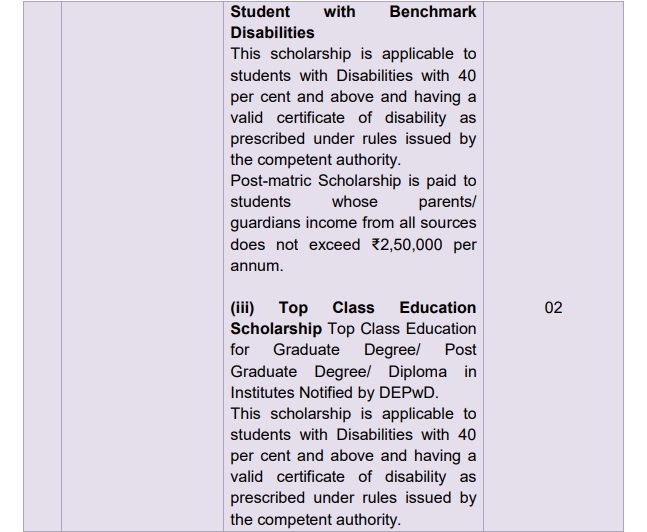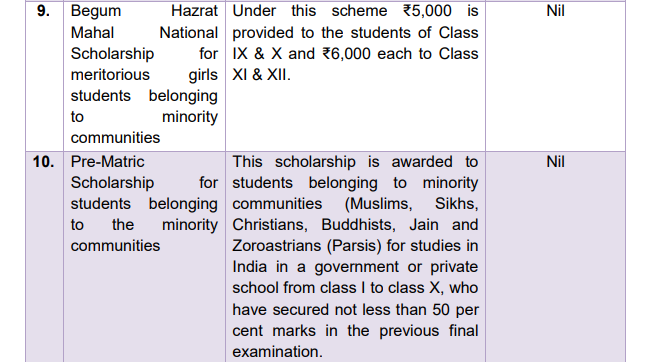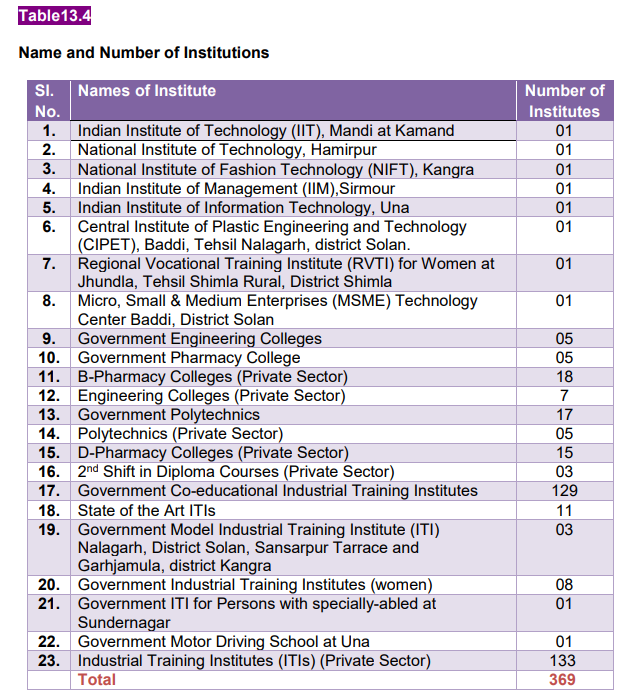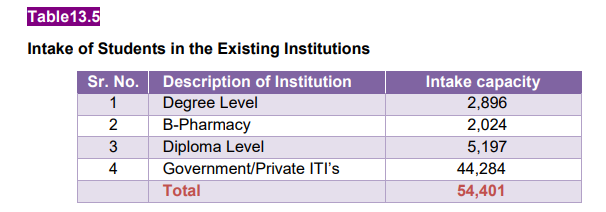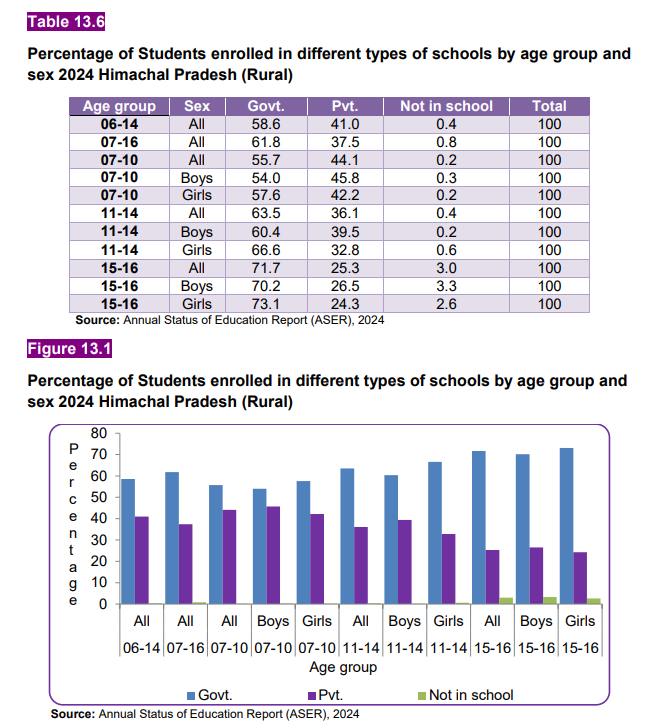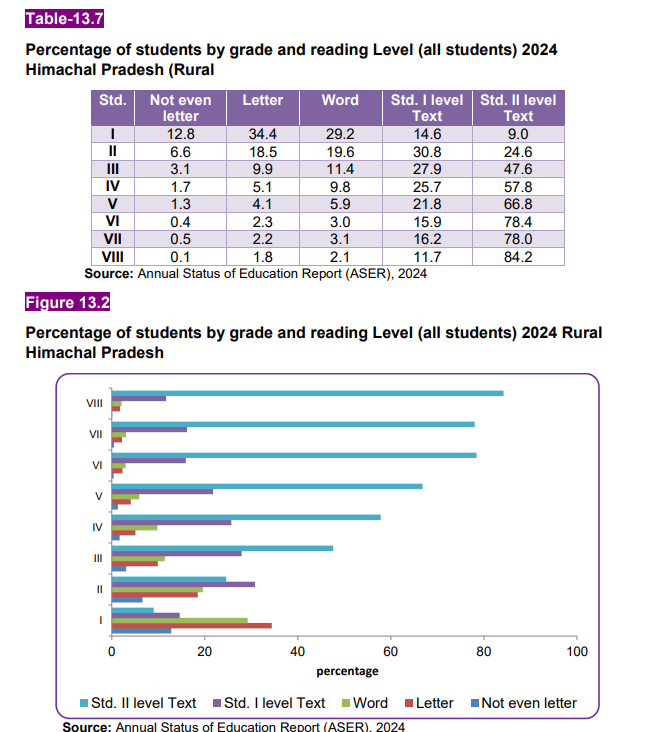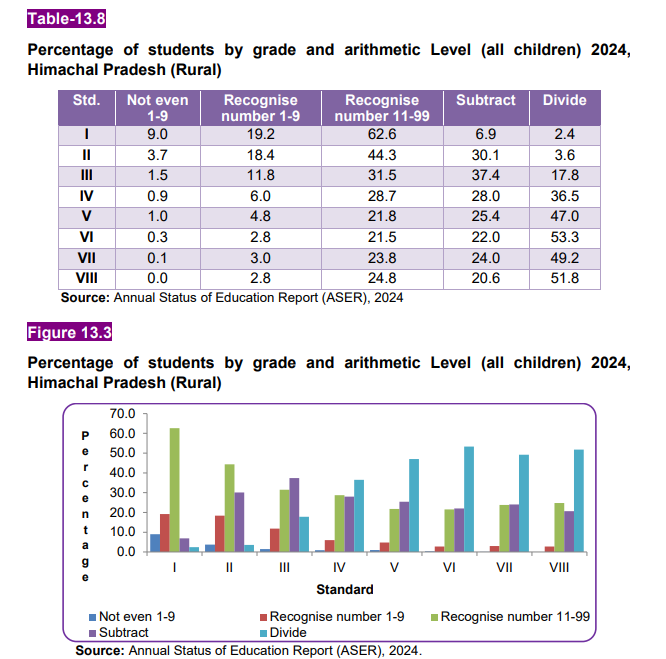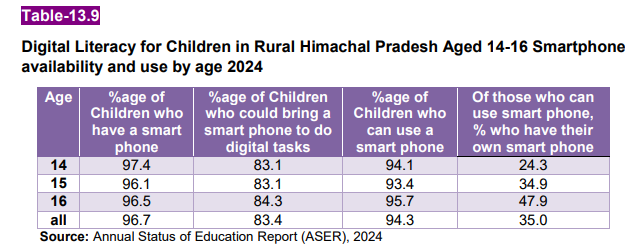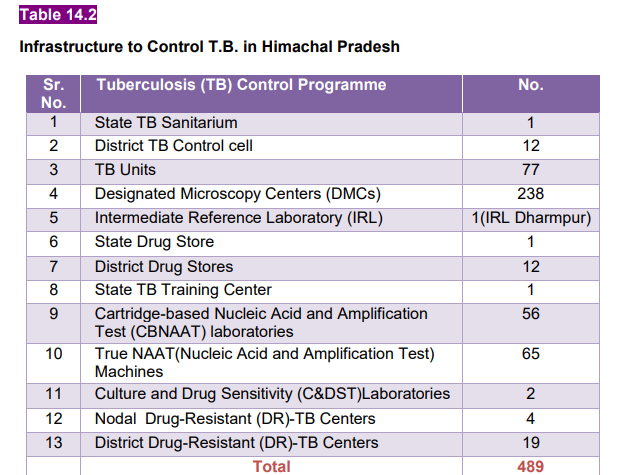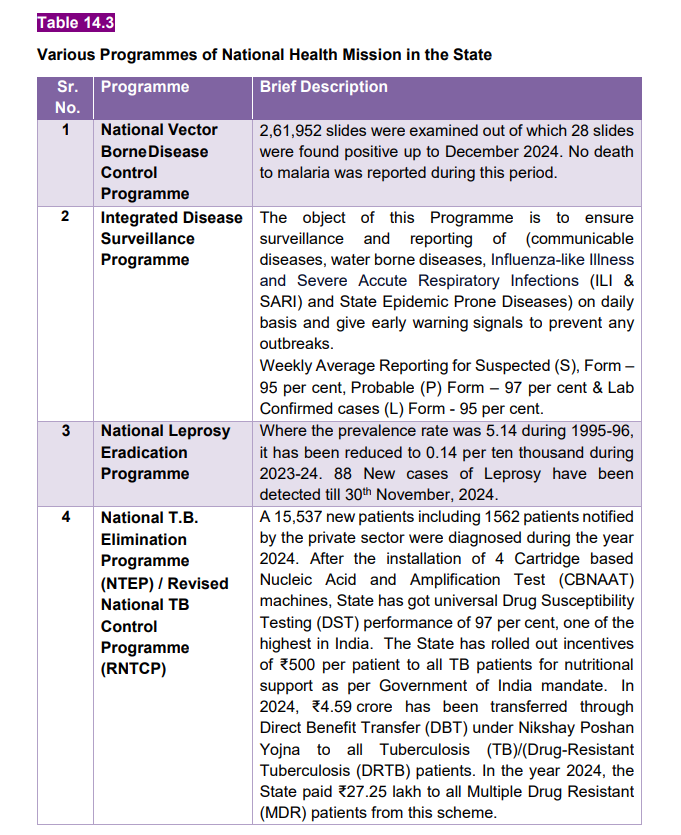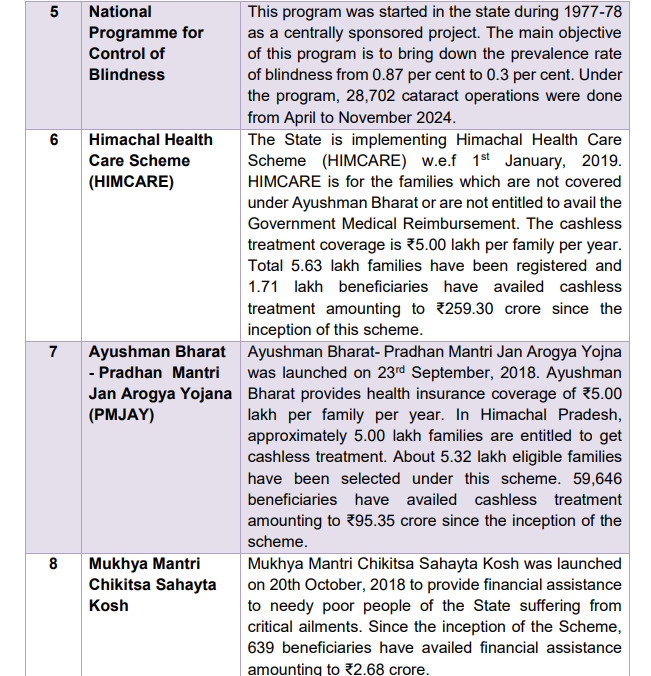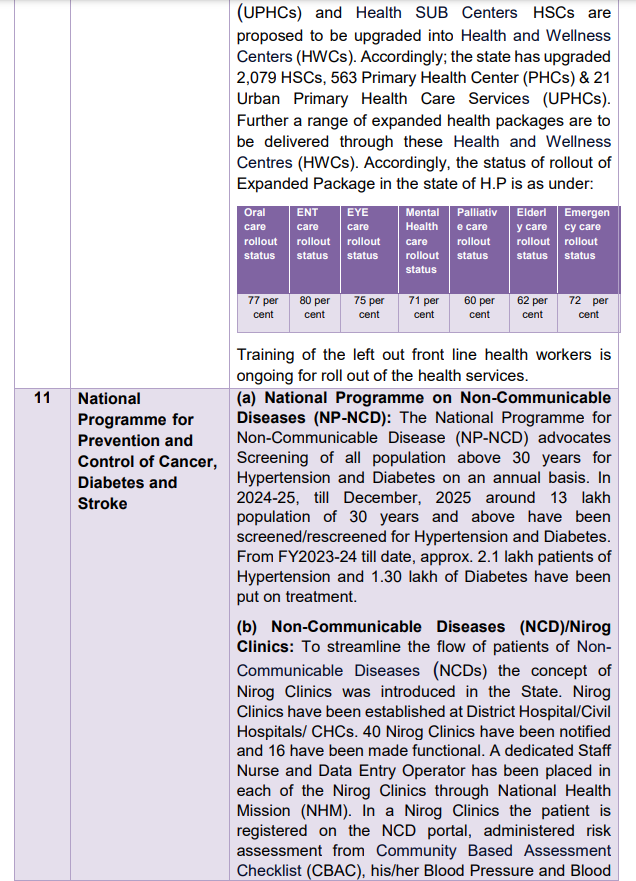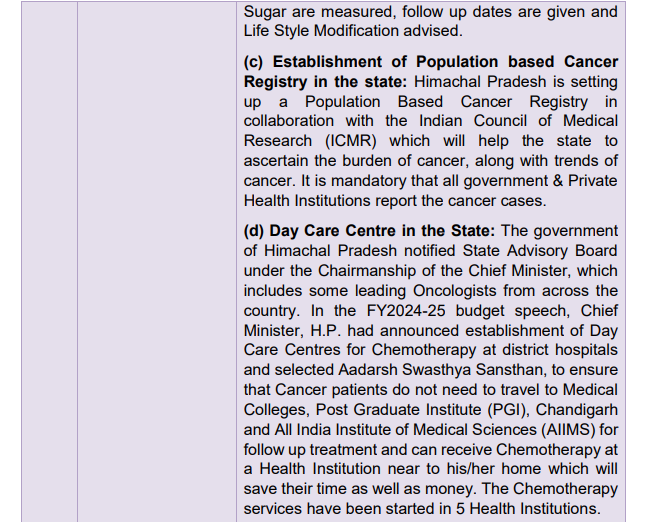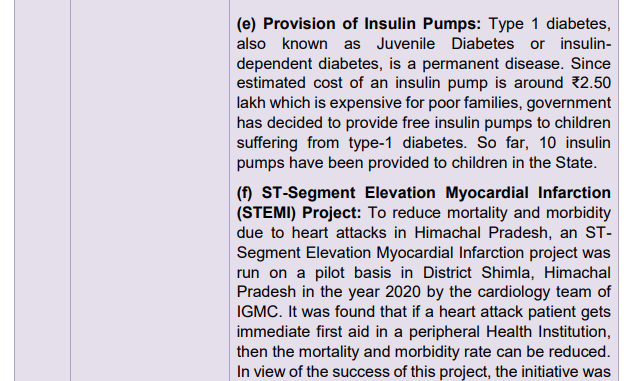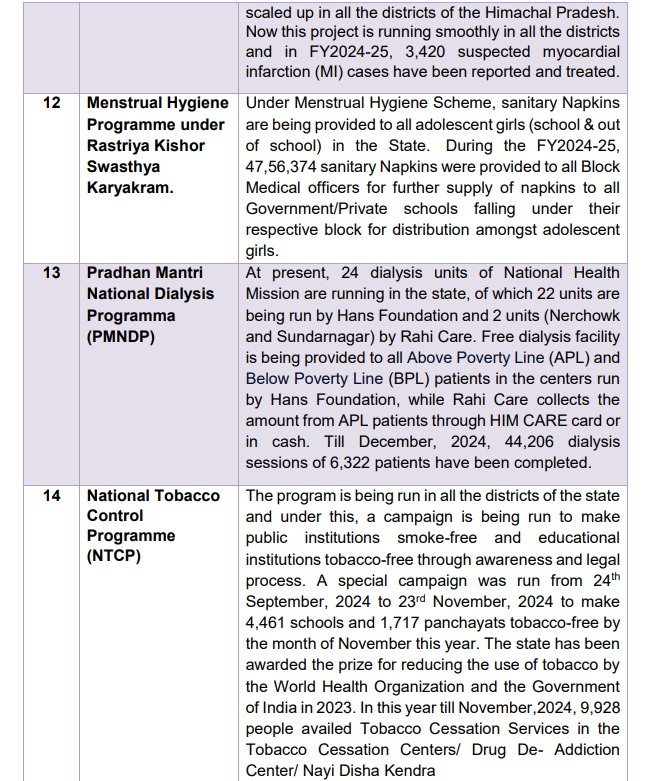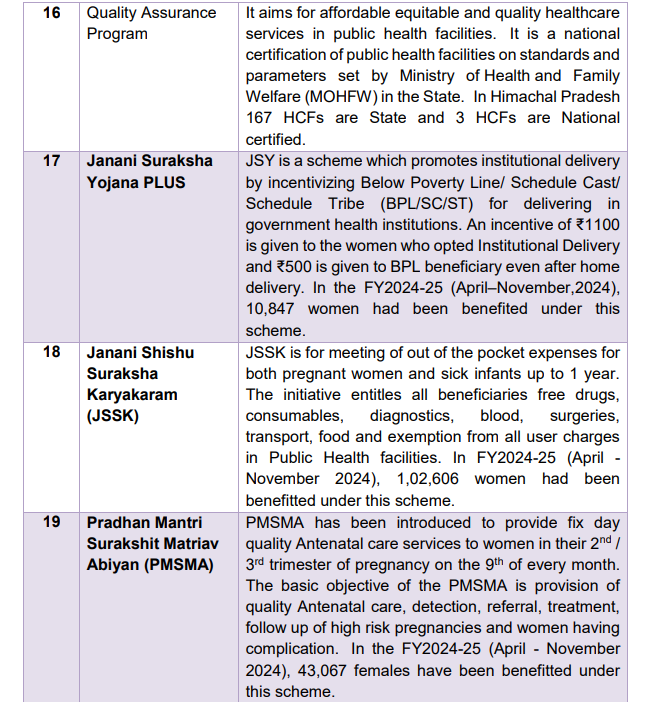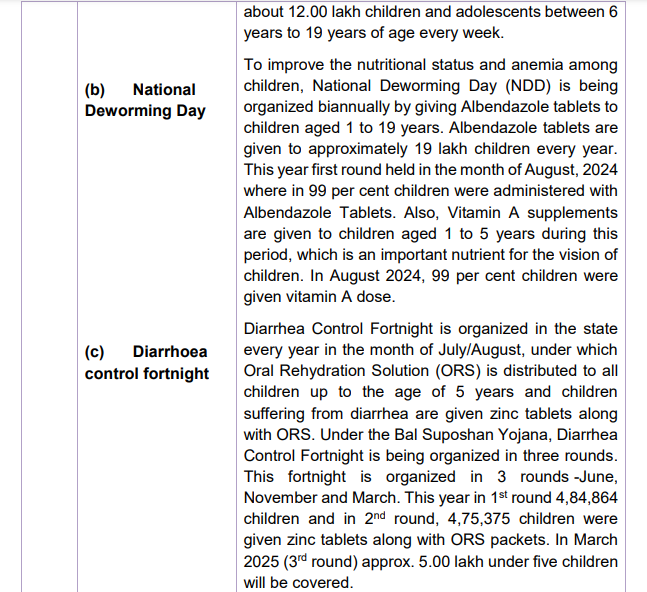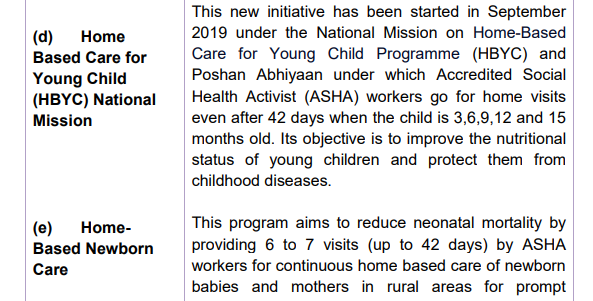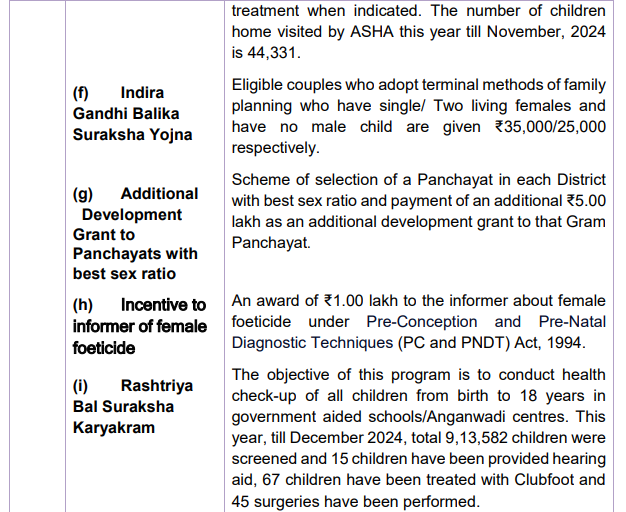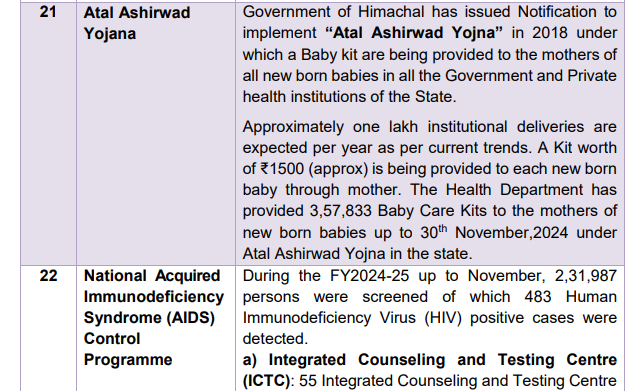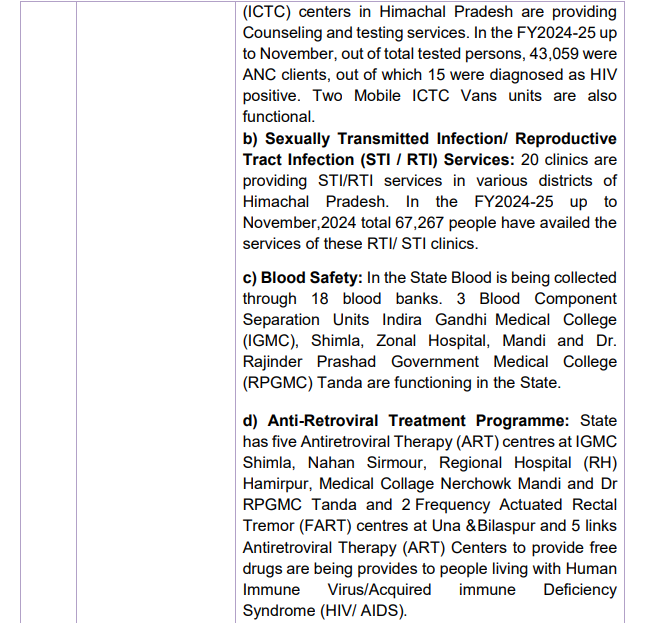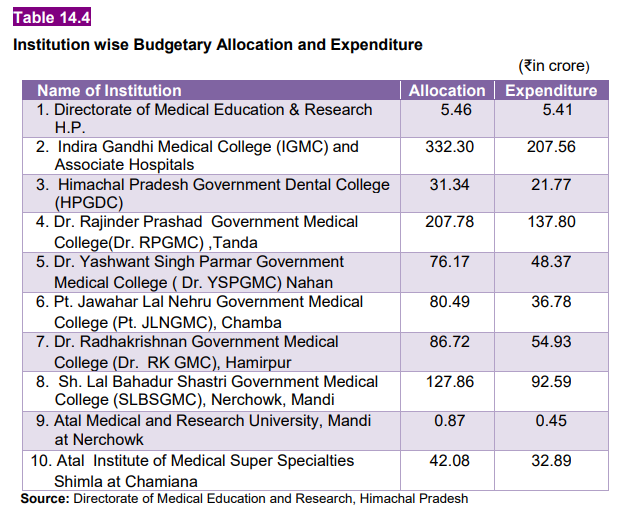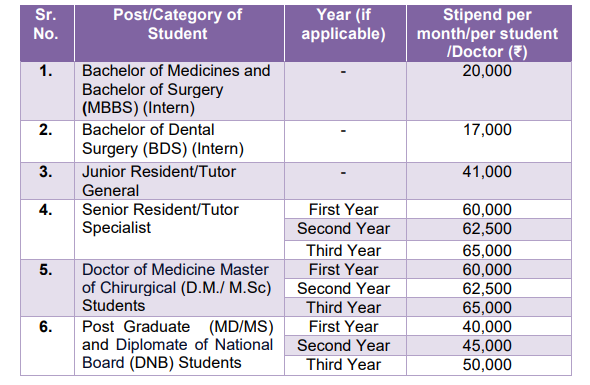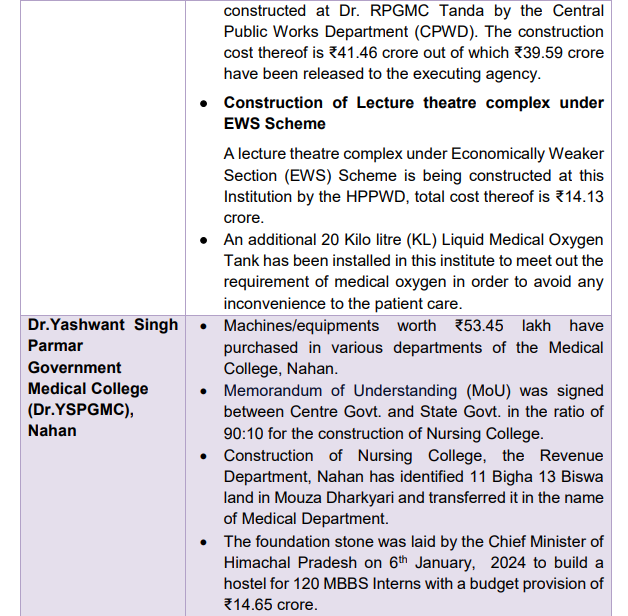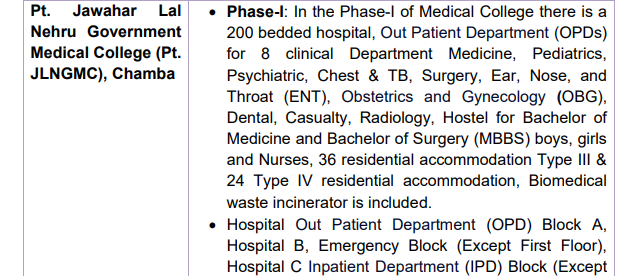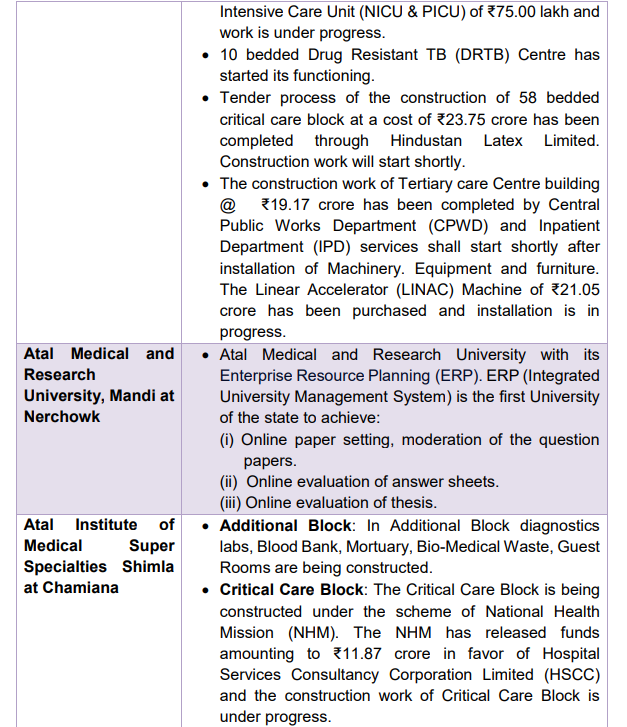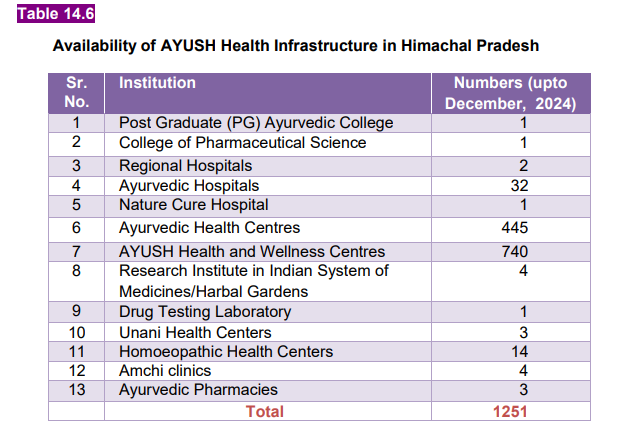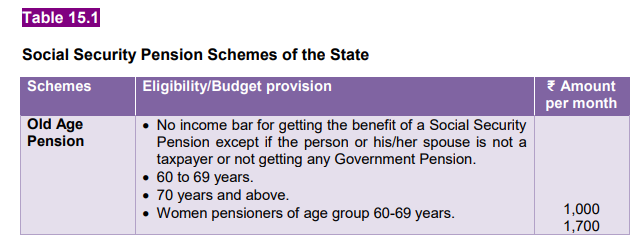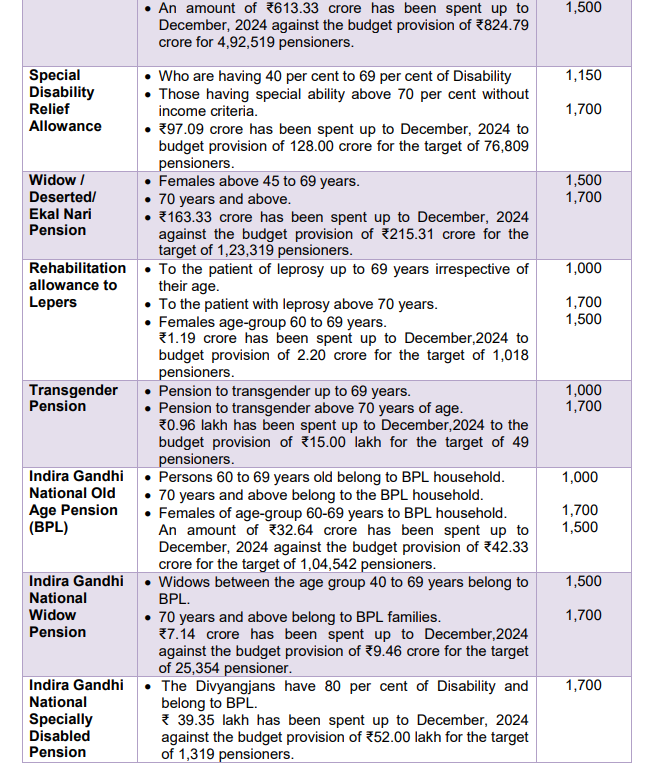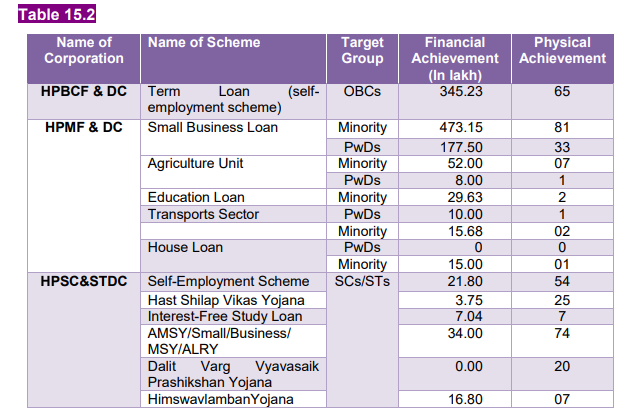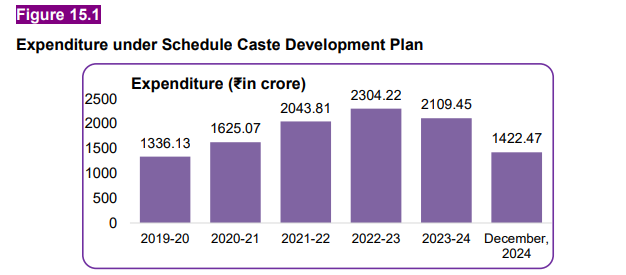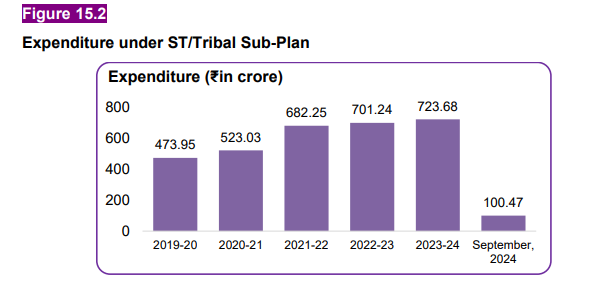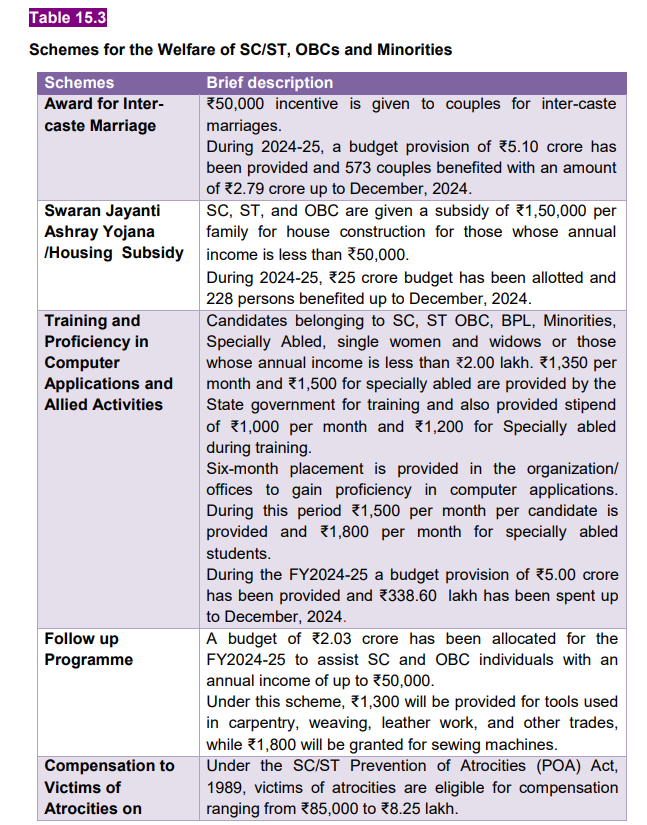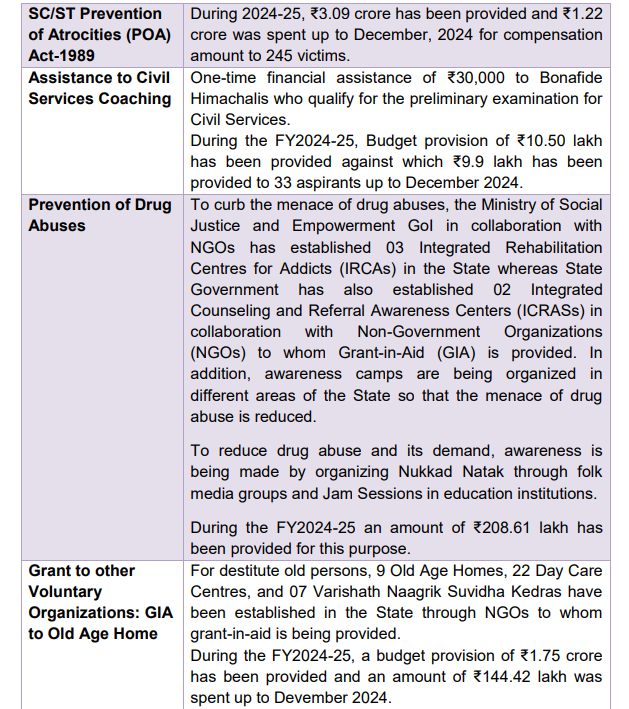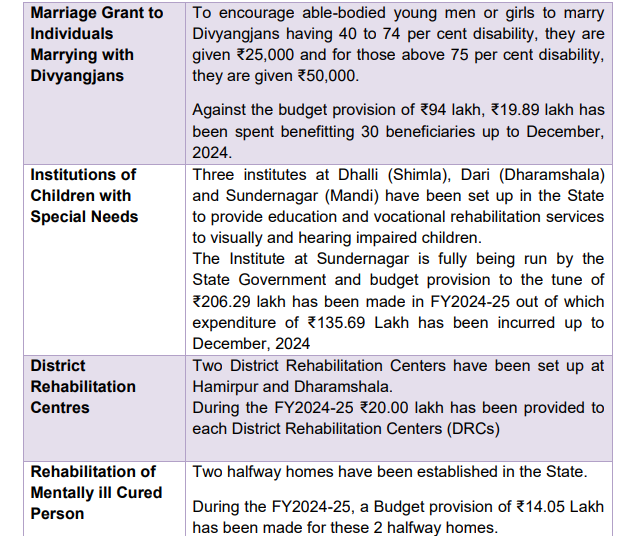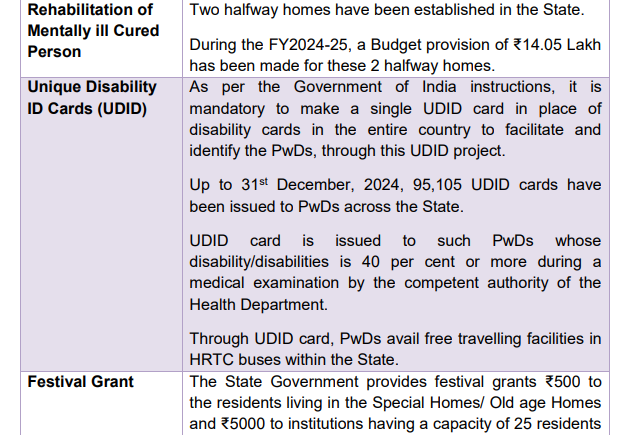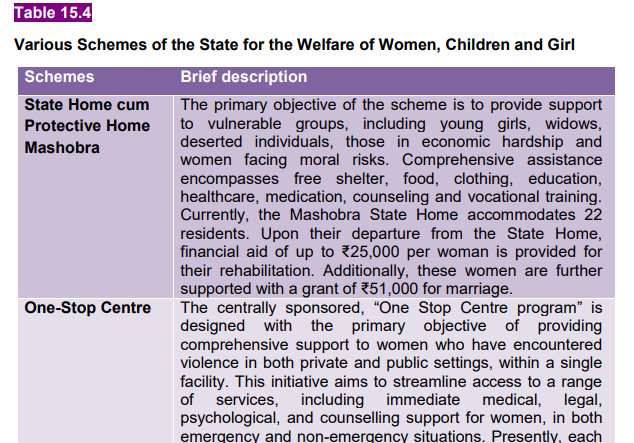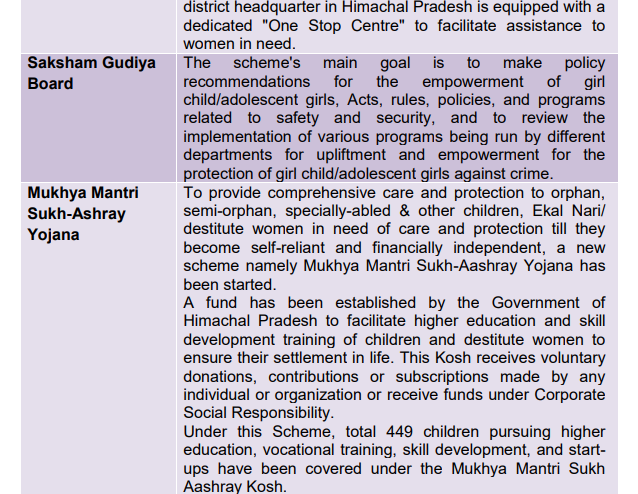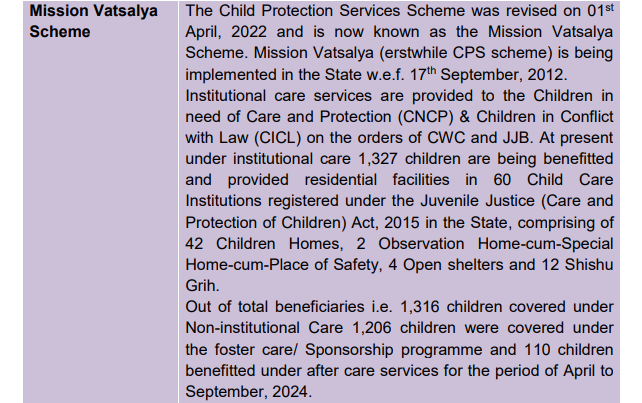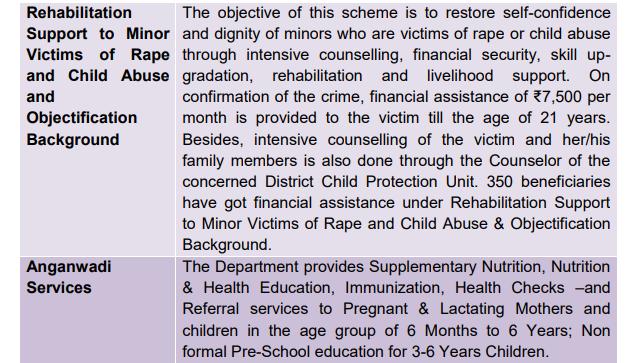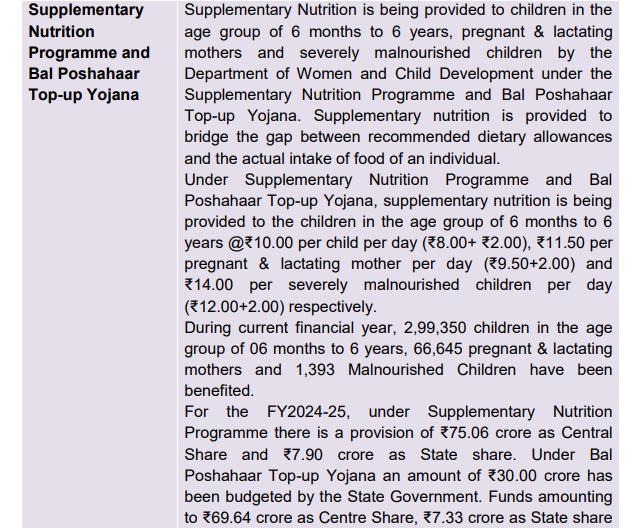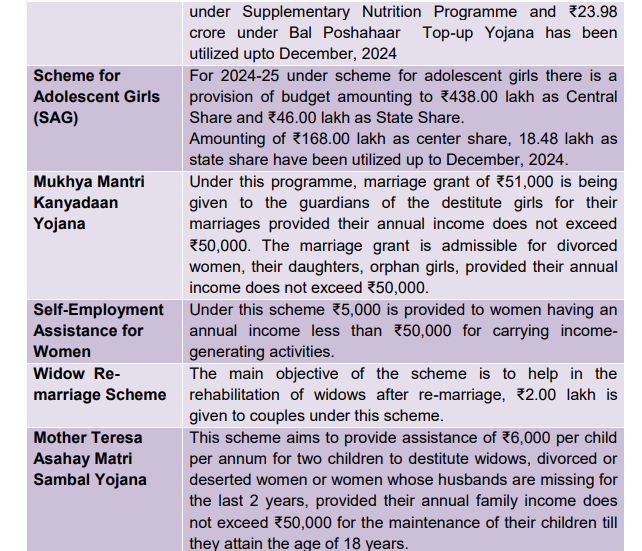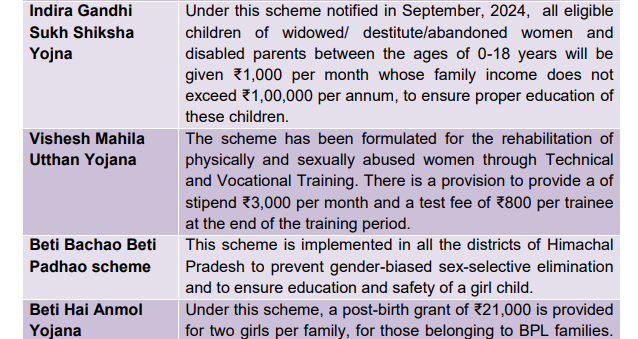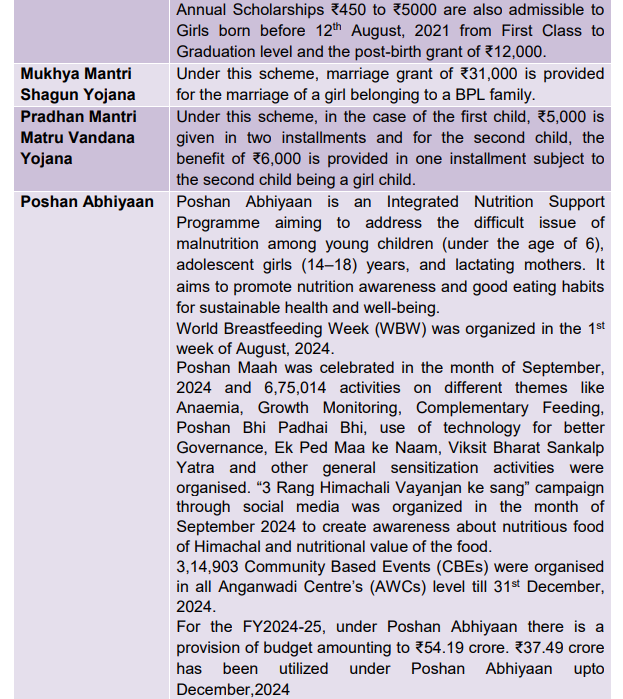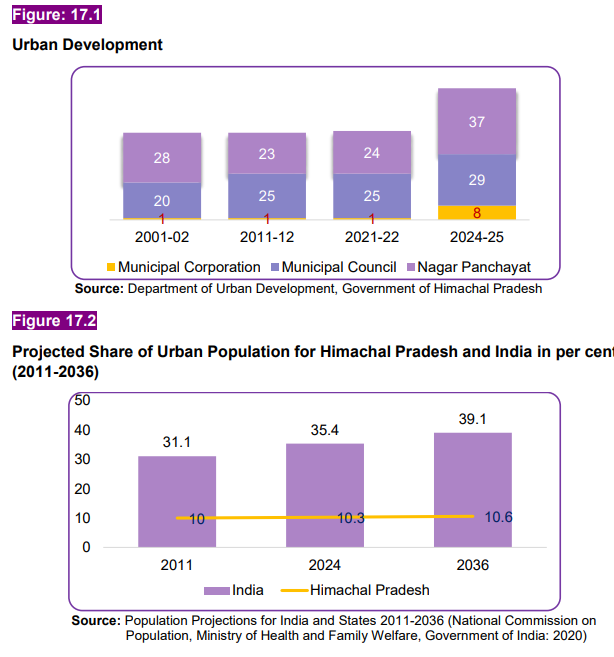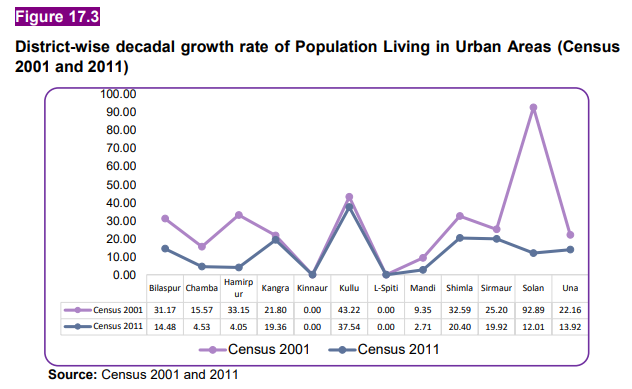Mukhya Mantri Seva Sankalp Helpline @1100 (MMSS):
Mukhya Mantri Seva Sankalp Helpline @ 1100 is a one stop shop for all public
grievances in the State. It includes all sources of grievances like those received at call
center through toll free number 1100, through paper trails, emails, CM Sankalp mobile
app or the MM Seva Sankalp Portal.
MMSS Helpline has emerged as on effective platform for prompt resolution of
citizen grievances in Himachal Pradesh. As of 31st December 2024, 1,21,118
complaints have been registered through the MMSS Helpline during 2024-25. Of these,
1,05,345 complaints (87 per cent) have been disposed of, with 82,237 complaints (68
per cent) being conclusively resolved and closed to the satisfaction of the concerned
citizens, after receiving the feedback.
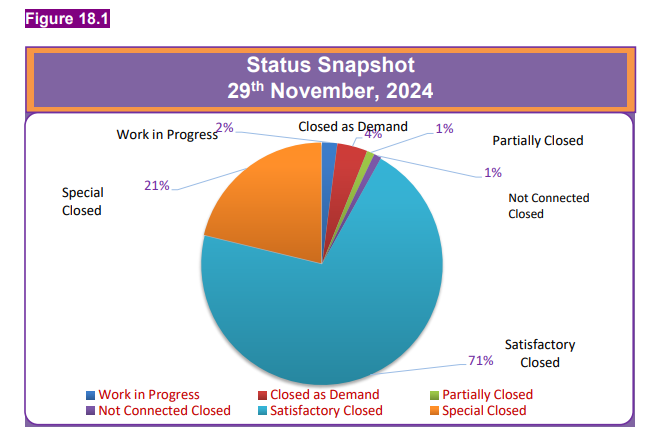
Since its launch, MMSS Helpline has received 7,78,364 complaints, of which
7,57,354 (97 per cent) complaints have been disposed of. This includes 5,53,303 (71
per cent) complaints that were resolved to the satisfaction of the citizens.
According to the directions of Chief Minister, MMSS Helpline serves as a
centralized call center for operating various departmental helplines. The following
helpline has been shifted to MMSS Helpline Call Centre.
i) The 24x7 HRTC Helpline has been integrated with the MMSS, providing
immediate assistance to passengers traveling on HRTC buses, with all
18,988 registered cases successfully resolved.
ii) An alternate channel for Disaster Helpline has also been operational since
1st January 2024, integrated with MMSS Helpline.
iii) The Public Distribution System 1967 Helpline of Food and Civil Supply
Department has been transferred to MMSS, where 9,045 cases have been
registered, with 9,005 cases closed.
A Digital Helpline has been set up in the Department of Digital Technologies
and Governance to address queries from field offices regarding departmental
applications and portals. This helpline can be reached at 0177-3525101/02 during
standard office hours.
To further enhance accessibility and improve the citizen experience, a
WhatsApp Chatbot facility is being implemented in the MMSS Helpline system.
eOffice:
The eOffice initiative marks a significant leap toward a paperless administration
in Himachal Pradesh, revolutionizing governance with efficiency and sustainability.
This system not only contributes to environmental conservation but also leads to
substantial cost savings for organizations. Equipped with a comprehensive suite of
features—including document management, file tracking, task management, workflow
automation, e-signatures, and communication tools—the platform fosters seamless
collaboration among government officials. Currently, following offices have been
successfully on boarded onto the eOffice platform:

Additionally, as a web based application, the eOffice application can be
accessed from anywhere, anytime by using Saccess and Forti-client through any
network. The eSign facility, which utilized Aadhaar for electronic signatures, has
recently been extended to all users for signing noting and draft letters, alongside the
existing Digital Signature Certificate (DSC) option. The State Government is now
emphasizing that all offices should begin communicating with field offices through e
office by using digital signatures (eSign/ DSC) and communication may be dispatched
through intra eOffice facility of eOffice application. This initiative aims to create
completely paperless offices in the State.
Himachal Online Seva (e-District) Portal:
To reduce footfall in government offices and to facilitate the citizens of the state
with different government services at their door steps. Himachal Online Seva Portal
has been created. This portal allows citizens to access government schemes/services
in an easy and transparent manner.
e-District Project aims at electronic delivery of citizen centric services at district
and sub-division level. This includes automation of workflow, backend and
computerization across participating departments.
During this financial year, the Department has added 77 services to the
Himachal Online Seva portal for online delivery. Currently 294 online services from
various departments including Revenue, Women & Child Development, Panchayti Raj,
Rural Development, Urban Development etc. are being offered through this portal.
There are on an average 6000 transactions for various services through the Himachal
Online Seva Portal on a daily basis. In the current financial year, 15,92,958
transactions have been completed as of December 2024. Furthermore, AI has been
implemented in the portal to pre-check document deficiencies when a citizen applies
for services, reducing the need for human intervention.
Aadhaar:
The Unique Identification Authority of India's (UIDAI) mandate is to issue every
resident a unique identification number aadhaar linked to their demographic and
biometric information. This number enables residents to identify themselves and
access various benefits and services. 104.29 per cent (LIVE) Unique Identification
(UIDs) have been generated in the State. The Aadhaar saturation level for population
above 5 years is over 100 per cent. The State has attained overall 4th rank and 1st in
the 0-5 year age group with regards to Aadhaar generation. To address the left-out
population and facilitate currently Aadhaar updates, 215 Permanent Enrolment
Centers (PECs) are operational. These centers managed by the department of digital
technology and Governance in collaboration with common service Centre (CSC-SPV).
Ensure comprehensive coverage across all districts and blocks in the State.
Direct Benefit Transfer (DBT):
To ensure real-time delivery of financial benefits from government schemes and
programmes to citizens while eliminating pilferage, the state is implementing Direct
Benefit Transfer (DBT) system. The Department of Digital Technologies and
Governance has identified 165 (Centre-79; State-86) schemes with concerned
departments during FY2024-25, of which DBT has been implemented in 52 schemes
(Centre-17; State-35). During FY2024-25, an amount of ₹1274.17 crore has been
transferred through DBT to17.45 lakh beneficiaries under 52 schemes till the month of
December, 2024.
Himachal Pradesh State Wide Area Network (HIMSWAN):
Under the National e-Governance Plan (NeGP), secure network called
HIMSWAN (Himachal Pradesh State Wide Area Network) has been created
HIMSWAN provides secured network connectivity to all State Government
Departments upto block level, enabling efficient electronic delivery of G2G
(Government to Government), G2C (Government to Citizen) and G2B (Government to
Business) services. HIMSWAN was set-up in February, 2008 and currently 1,936
Government Offices across the State are connected through this network. Considering
the growing demand, the bandwidth has been upgraded using the latest Multiprotocol
Label Switching (MPLS) technology. The minimum Bandwidth is now at 8 Mbps. All
directorates and offices with high internet usages offices at District level have been
upgraded to 100 Mbps. The category wise status is detailed below:
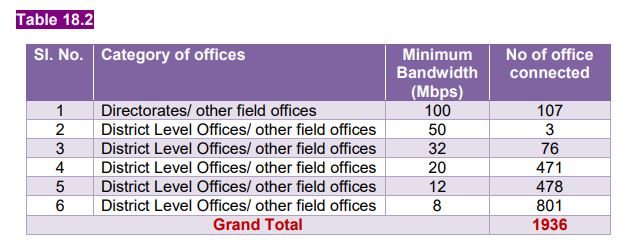 Himachal Pradesh State Data Centre (HPSDC):
Himachal Pradesh State Data Centre (HPSDC):
Himachal Pradesh State Data Centre (HPSDC) is a core ICT infrastructure
established by the Department of Digital Technologies and Governance (DT&G) to
consolidate services, applications, and infrastructure, facilitating efficient electronic
delivery of Government-to-Government (G2G), Government-to-Citizen (G2C), and
Government-to-Business (G2B) services. Currently, 227 websites and applications
from various departments, boards, and corporations are hosted at the HP State Data
Centre. All State Government websites, portals, and applications hosted at HPSDC
undergo regular cyber security audits. The capacity of HP State Data Centre is being
enhanced to meet the hosting requirements of various departments for next 5 years.
The ‘Application and Infrastructure Hosting Policy’ has also been notified for the
HP State Data center to streamline the hosting processes and ensure standardized
security practices.
CM Dashboard:
To monitor the progress of key projects/schemes by Chief Minister, a CM
Dashboard has been developed. In the first phase, 8 departments (i.e., Revenue,
Women Child and Development, Jal Shakti, PWD, Rural Department, Education, Tribal
and Health Services including Directorate of Health Services (DHS), National Health
Mission (NHM) and Directorate of Medical Education (DME) were identified for
integration with CM Dashboard and a total of 81 Key Performance Indicators (KPIs)
were determined in consultation with the concerned departments. The CM Dashboard
application facilitates real time monitoring of projects, i.e., physical progress, funds
utilization, departmental level monitoring, ranking of district/ field offices based on their
progress etc. Each department can monitor performance down to the base level of its
hierarchy. Additionally, the District Good Governance Index (DGGI) a comprehensive
and implementable framework under different themes at sub state level has been
developed as part of CM Dashboard Application.
HIM Parivar:
Him Parivar Project is an initiative by the State Government to establish an
entitlement-based, proactive service delivery to the State schemes. Him Parivar
system integrates various existing databases, such as the Parivar Register and the
Public Distribution System (PDS), to create a comprehensive State Social Registry.
This registry aims to enable proactive, entitlement-based benefit delivery to minimize
pilferage and to reduce documentary burden on citizens accessing government benefit
schemes. Additionally, it will facilitate beneficiary identification and provide data to
support evidence-based policymaking.
As part of this initiative, the HimAccess Single Sign-On system has been
developed, offering a unified platform for citizens and government employees to
access multiple government services using a single username and password. This
system enhances convenience and efficiency, saving time for citizens interacting with
various online platforms. To date, 1.62 lakh users have been onboarded onto the
HimAccess platform to avail themselves of various services. Furthermore, the Policy
Document on Digital Identity and Access Management has been notified to ensure
security, privacy and effective management of digital identities within the State.
Under the Him Parivar Project, a survey platform has also been developed.
Surveys conducted by the Urban Development Department for creating family registers
in urban areas and by HPSEBL for linking electricity meters with families are currently
in progress. As of now, 6,28,959 individuals comprising 1,99,747 families have been
surveyed under the Urban Development Department’s initiative. Similarly, under the
Himachal Pradesh State Electricity Board Ltd. (HPSEBL) survey, a total of 18,19,955
electricity meters have been surveyed.
Litigation Monitoring System (LMS):
New modules which have been implemented recently in this application:
Integration with District Court API: Enables the automatic fetching of case
details, orders, and information about connected cases.
User Cases Watchlist Module: A streamlined feature that allows users to
track and monitor selected cases with real-time updates and easy access.
Daily SMS Notifications: A daily SMS notification is sent regarding weekly
hearings, along with a dedicated SMS to the Chief Secretary for updates.
Updates Module: A dedicated module has been developed to provide the
Chief Secretary to GoHP with updates on recently updated case hearing
marked by the departments.
Revenue Court Management System (RCMS):
Revenue Court Management System (RCMS) is a comprehensive software
developed by the data-driven Testing Department of Digital Technologies and
Governance in close coordination with the Revenue Department. As a part of this
initiative revenue court processes, case management, and record-keeping have been
digitised. Citizens and advocates can access all information about their cases free of
cost. Including case profile, case status, interim orders, final orders, cause list etc. till
date 1,21,246 cases have been registered online on RCMS, of which 61,353 cases
have been disposed of.
Revenue Relief Application Portal:
The Relief portal is a digital solution designed to simplify and expedite the
management and disbursement of relief funds in Himachal Pradesh. It serves as a
comprehensive platform for processing relief applications, tracking their progress, and
ensuring transparency and accountability in relief operations. It generates insightful
reports to facilitate data-driven decision-making. 69,609 applications have been
received online through RMS-Relief, out of which 37,497 applications
have been approved.
Policy Initiatives Undertaken:
i)Application and Infrastructu
re Hosting Policy for HP State Data Centre:
The Infrastructure and Application Hosting Policy for the Himachal Pradesh
State Data Centre (HPSDC) was notified in August 2024. This policy
establishes comprehensive guidelines and procedures to ensure the secure,
reliable, and efficient hosting of government applications and infrastructure
within HPSDC. It aligns with guidelines from MeitY and CERT-IN to ensure
compliance with government directives and advisories, preventing the hosting
of government applications and data outside of government-designated data
centres. This policy aims to create awareness and provide a ready reference
for Government Departments and organizations regarding the processes,
procedures, and guidelines required for hosting applications and infrastructure
in the HPSDC.
ii) Policy on Digital Identity and Access Management:
The Digital Identity and Access Management Policy, introduced in August
2024, outline guidelines for implementing Single Sign-On across software
applications developed by State Government entities. The policy aims to
ensure secure, efficient, and consistent use of Him Access systems across
Government Departments, Boards, Corporations, and other organizations. It
applies to all employees, entities, and citizens accessing State Government
services online.
iii)Document Management Policy:
To address current issues of inconsistent document management, security
gaps, and accessibility challenges, a Document Management System (DMS)
policy was introduced on 23rdOctober, 2024. This policy mandates the use of
a centralized DMS to improve document handling, security, compliance, and
transparency in government operations. The DMS Portal
(https://dms.hp.gov.in/Index.aspx) has been developed as a user-friendly,
integrated platform to manage storage, use, and access of all official
documents in one place.
4G Saturation Project:
Government of Himachal Pradesh has provided all necessary support to BSNL
under 4G Saturation Project facilitating all clearances from state departments in a time
bound manner. Till date, clearances for 349 forest sites, 45 government sites have
been provided to the BSNL.
Funding of ₹50 crore from the Government of India under Scheme for Special
Assistance to State, (Telecom Sector) during financial year 2023-24 is being utilised to
provide connectivity to the uncovered villages in the Lahaul and Spiti, Chamba and
Kinnaur districts. So far, 500 towers have been constructed.
Investment and Industry Promotion:
(STPI-Shimla, STPI-Kangra, COE-IT Waknaghat: STPI/ Incubation)
To promote IT investments, two STPI (Software Technology Parks of India)
Centers are being established in the State. One STPI Centre is being setup in Shimla
and the other in Kangra. The STPI Centre in Mehli, Shimla is being established in
18,000 square feet and the record at Chetru, district Kangra is being established in
35,602 square feet and aims to support 25-32 entrepreneurs, generating employment
opportunities for 500-650 youth.
Himachal Pradesh Kaushal Vikas Nigam (HPKVN) has constructed a CoE-IT
building at Waknaghat with a total built-up area of 47,595.85 sq. ft. Within this facility,
the department of digital Technologies and governance (DDT&G), in collaboration with
STPI, will establish a Centre of Excellence (CoE) in Artificial Intelligence and Machine
Learning, occupying 1,800 square feet. Additionally, 10,000 square feet will be
allocated for an incubation facility under the Chief Minister’s Startup/Innovation
Project/New Industries initiative. The remaining raw space will be offered on a rental
basis to successful startups and IT/ITeS companies for commercial use


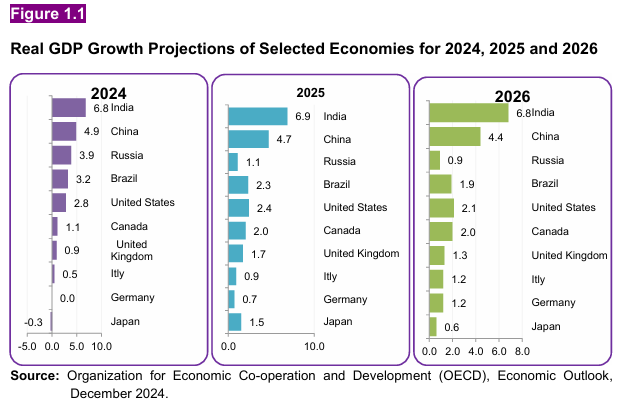
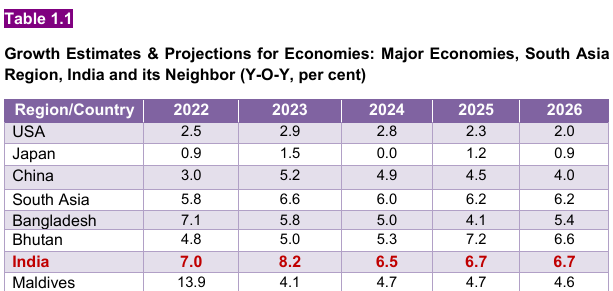

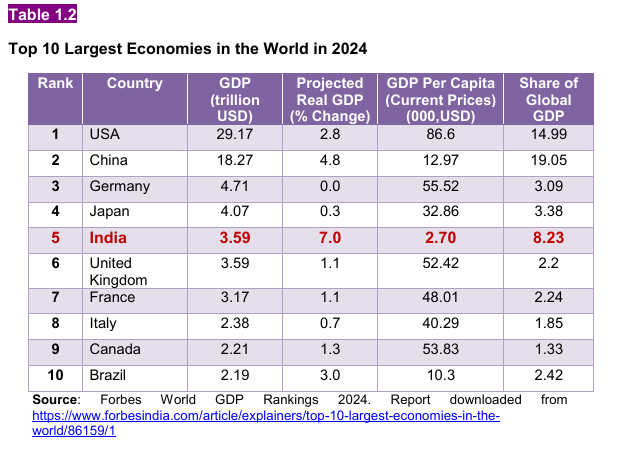
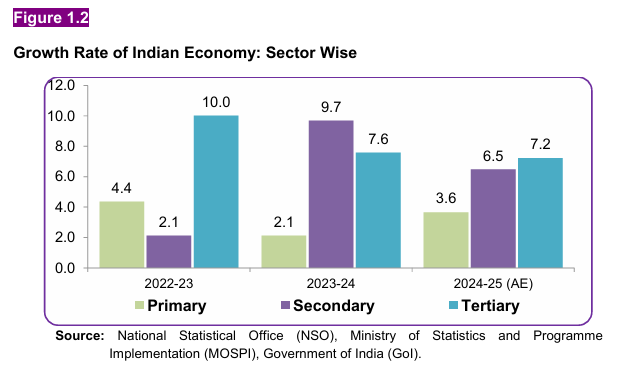
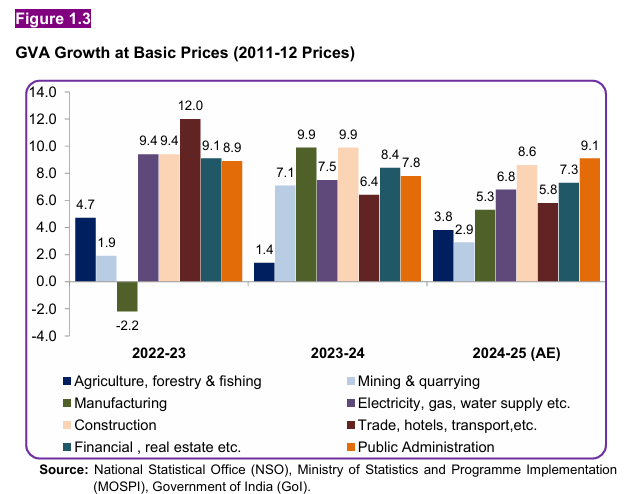
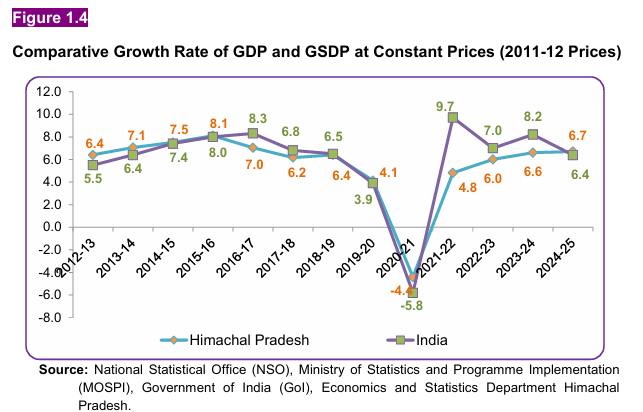
.png)
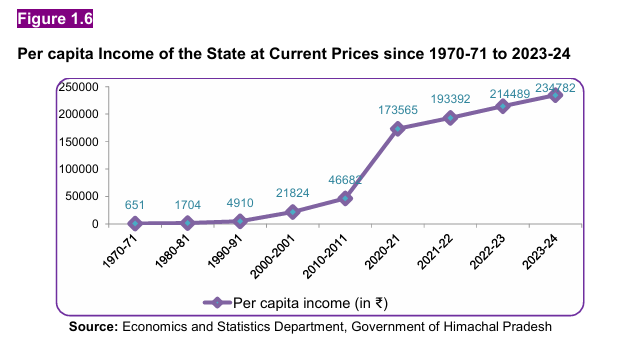

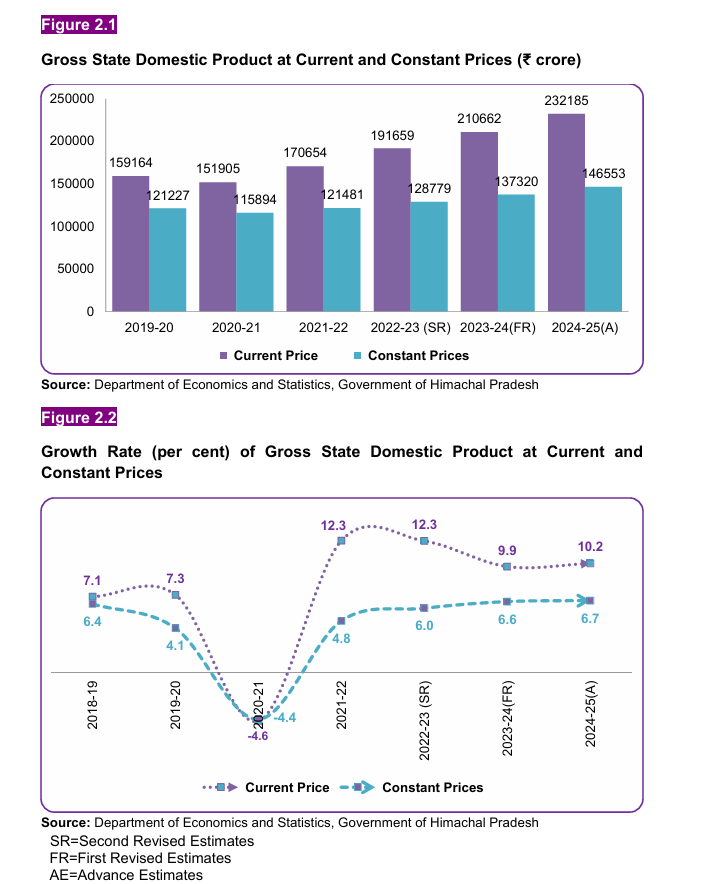
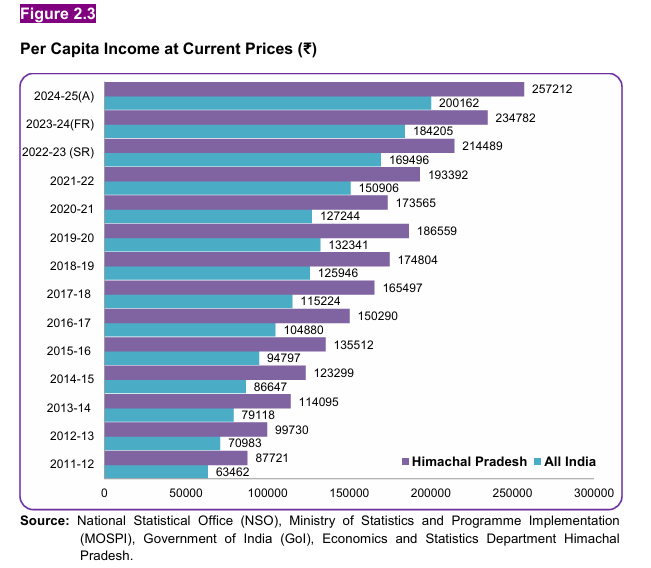
.png)
